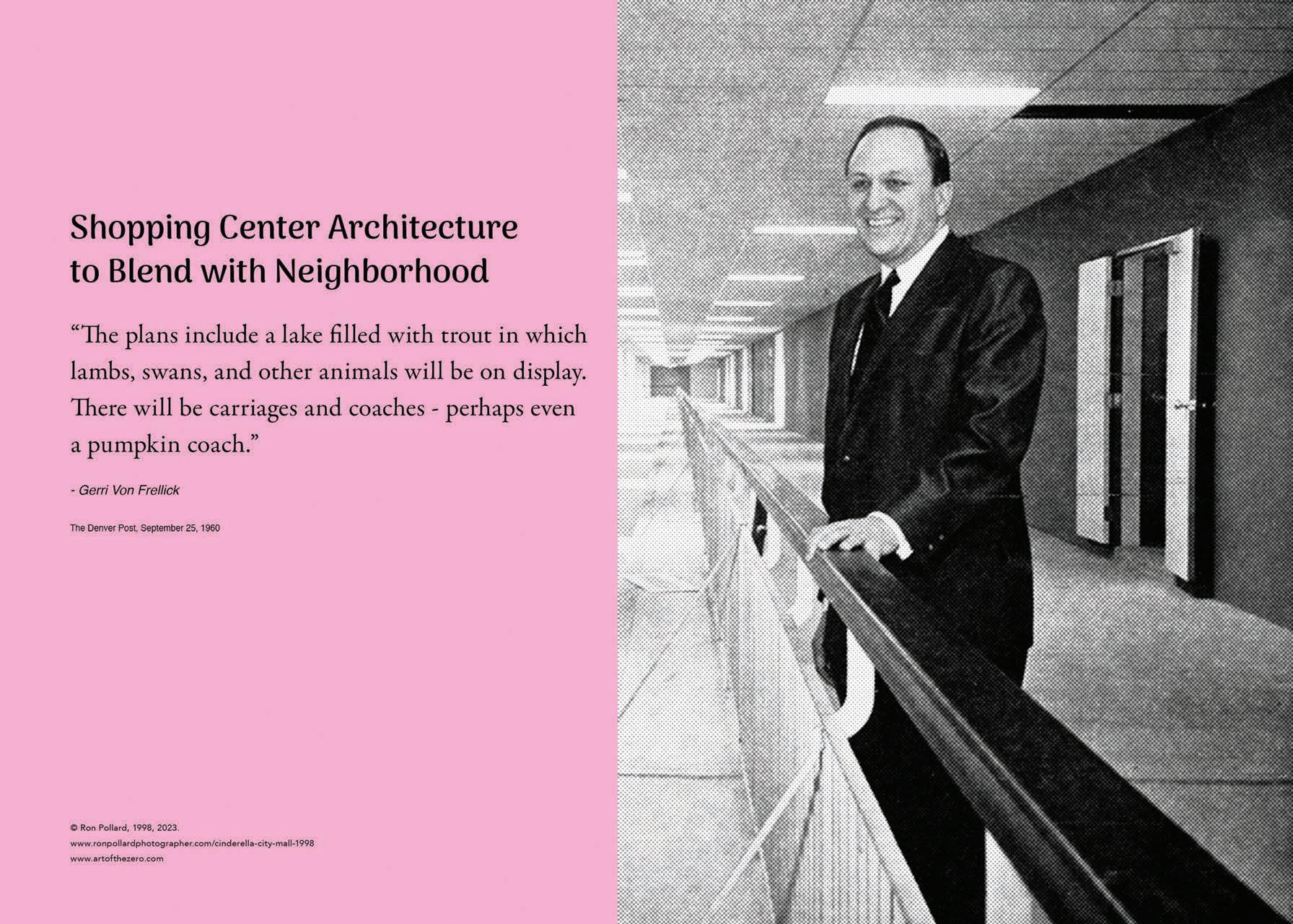






Few people who live in Englewood, Colorado, are aware that on the land where their Walmart now sits and where Cinderella City Mall once stood, there runs a stream, now encased in concrete, it flows under the site. Children once played in this stream when it ran through what was once a park, Englewood’s largest city park. When Cinderella City came to visit, the stream was sealed off from the sky, diverted underground in the mid-1960s when developer Gerri Von Frellick finally won his battle against the few voices that opposed the construction of his shopping utopia, the ridiculously named Cinderella City Mall.
Cinderella City lived to the ripe old age of 30, almost to the month. When she died, strangely, nobody seemed to care. No protesters demanded her rehabilitation; there were no pleas for a simple face-lift and no mourners upon her passing. Perhaps the reason for the once adoring public’s neglect was that towards the end of her short life, the once beautiful princess, Cinderella, became an ugly hag. It was as if poor Cinderella had let herself go, gorging on candy and snack foods and never exercising. But Cinderella’s demise was built into her genetic code. What appeared to be a sad, slow deterioration was predetermined; it was in her genes, whether through planned obsolescence or shoddy construction. The profits that Cinderella could generate for her owners were the only thoroughly thought out aspect of her design; the income generation loaded to the front end of the fairy princess’s lifespan. For the first few years of operation, cash flooded in. Yet, as her novelty and beauty faded, so did maintenance. Cheap construction meant expensive repairs. Cinderella’s guardians looked the other way when profits began to dry up.
I sat down to write the history of Cinderella City, the story of the Christian Nationalist developer Gerri Von Frellick, and his relationship with the city of Englewood, Colorado. I hoped to express the history of that plot of land, where a Wal-Mart now sits, rental housing, and a vast sea of above-ground parking. I could write of all the missed opportunities the city had for redemption or how the city was played the fool by a developer whose arsenal of strategies confused, intimidated, and wooed the suburban town’s elected officials and constituents. But why bother to tell the story? We all know it - it’s played out time and again in cities and suburbs across America.
The maneuvering of the forces that make these many Cinderella Cities possible may appear confusing and convoluted. What do we make of the backdoor deals, the payoffs, the winners, and the losers as we witness the decay of structures that were an essential part of our recent histories? What forces allowed the citizens of Englewood to be duped and marginalized by a short-sighted plan that only benefited a small group of business elites? Why did they allow a man from Texas with a bible and a bulldozer destroy their city park, bury their stream, and build a monster that devoured their city center along with their memories?
While photographing Cinderella City, I couldn’t help but think of all the first dates, family gatherings, and memories created there. The monumentality of the structure seemed to beg for relevance. Yet as I became more intimate with the dead mall, I began to understand what a poorly designed, poorly planned, and poorly constructed building it was. I learned to hate the building. I began to feel that I’d gladly push the plunger that would destroy the monstrosity.
In my imaginings, I see that little stream a thousand years from now eroding its concrete prison, grain of sand by grain of sand. I see it once again flowing in its sandy bed, eating away at its shores, and churning debris in its eddies until the asphalt and concrete that hid it from the sun collapse, and the little stream once again sees open air. Then the stream gets to work, destroying every edifice in its path.
Ron Pollard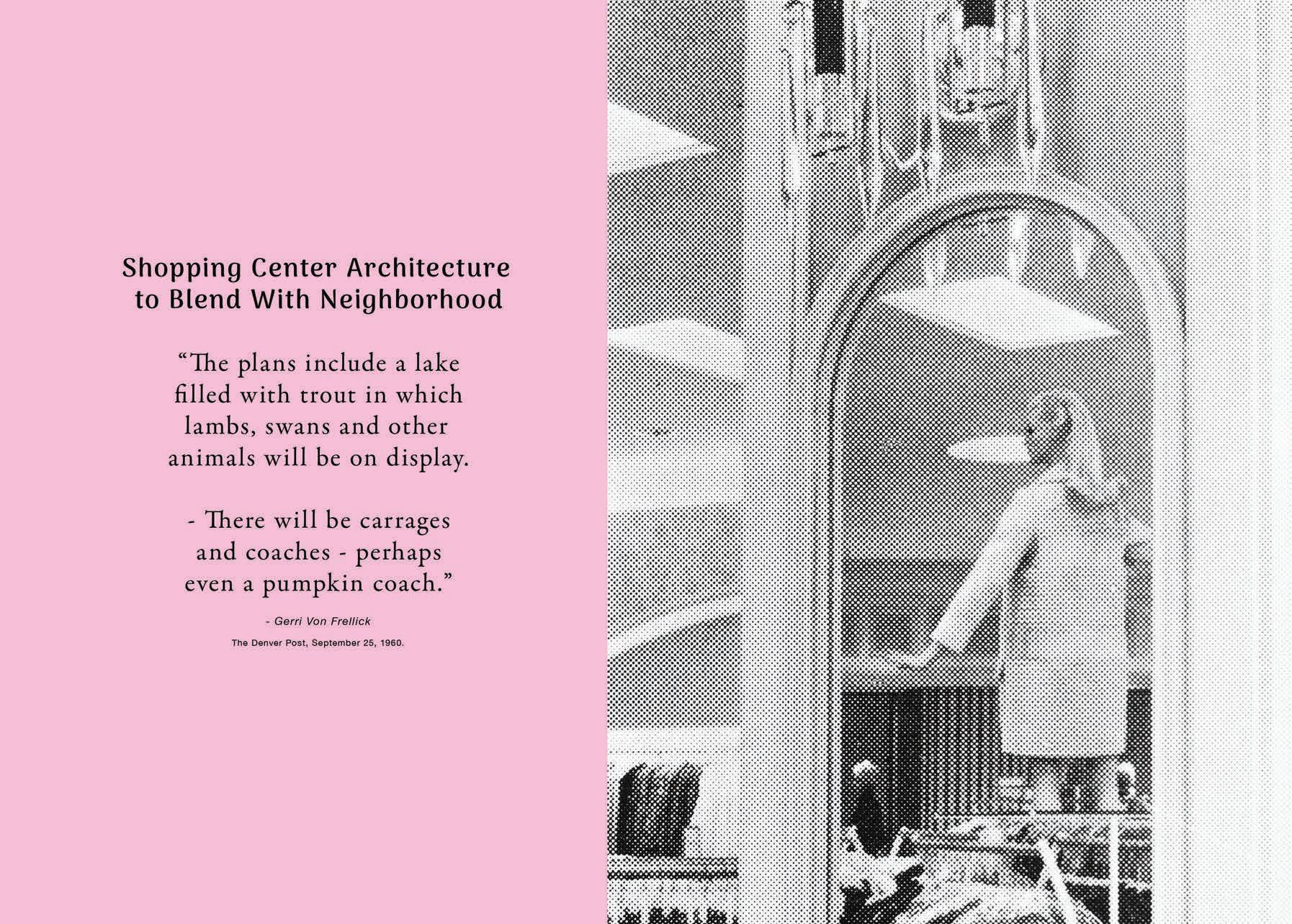
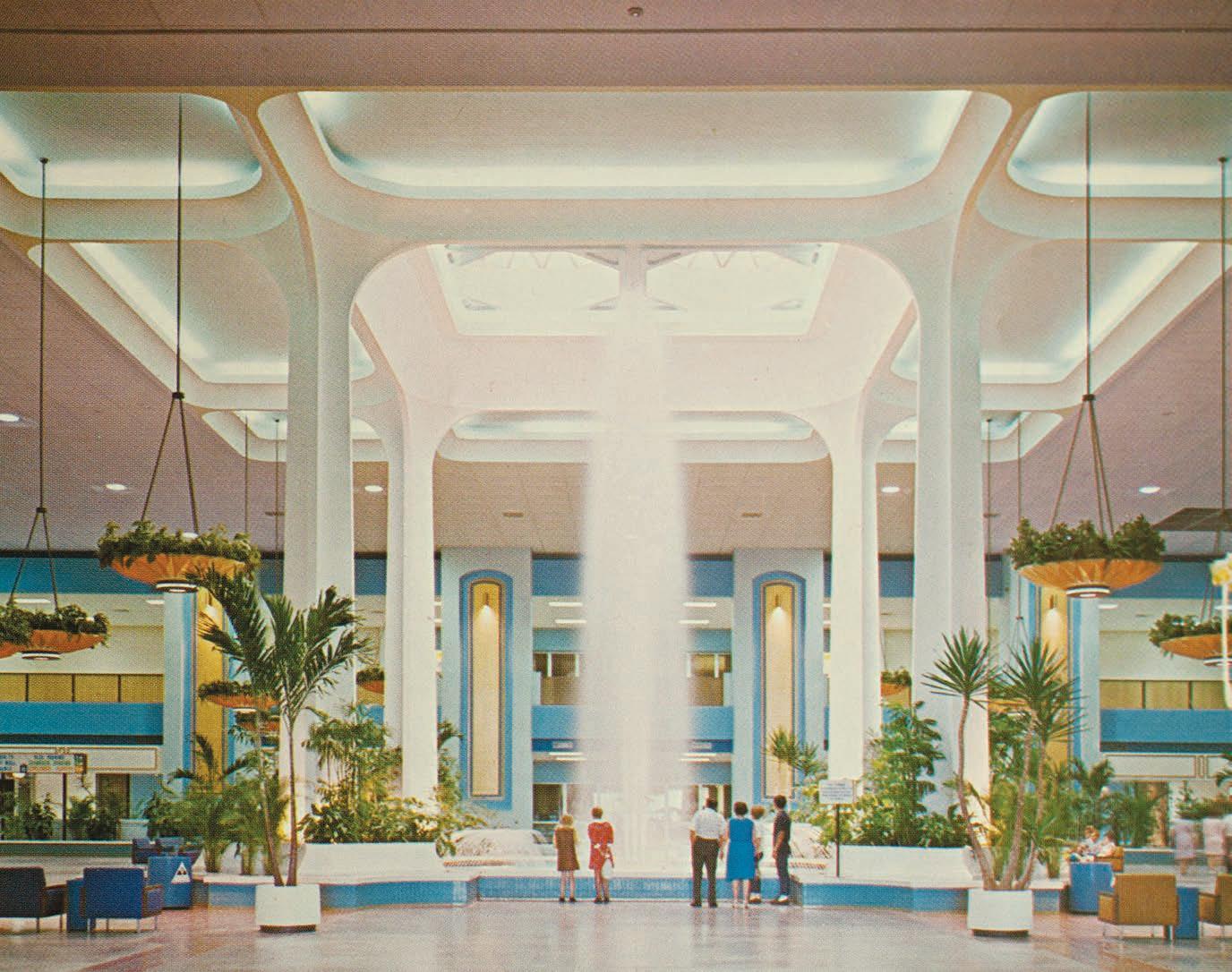 Cinderella City, 1968
Cinderella City, 1968
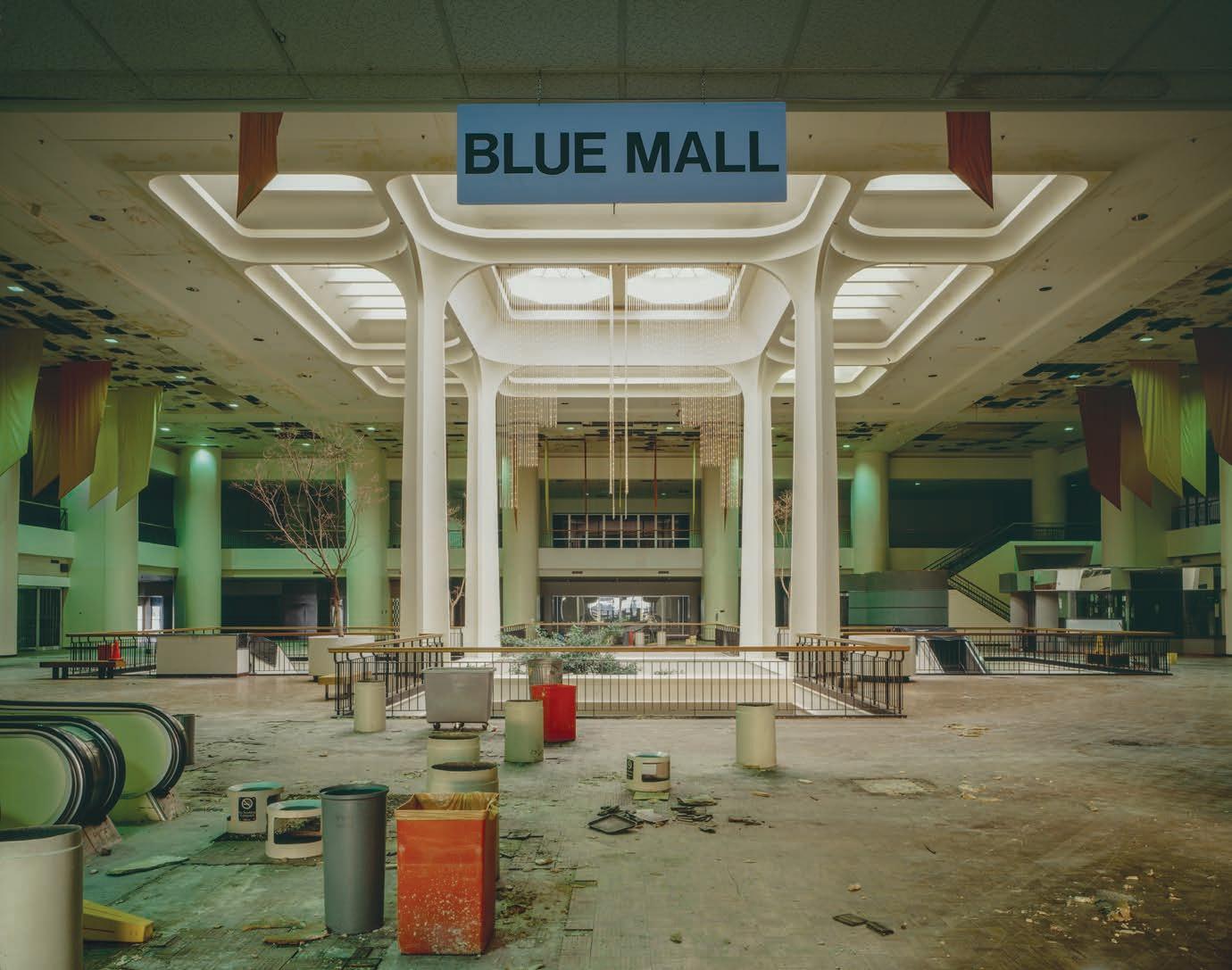 Cinderella City, 1998
Cinderella City, 1998


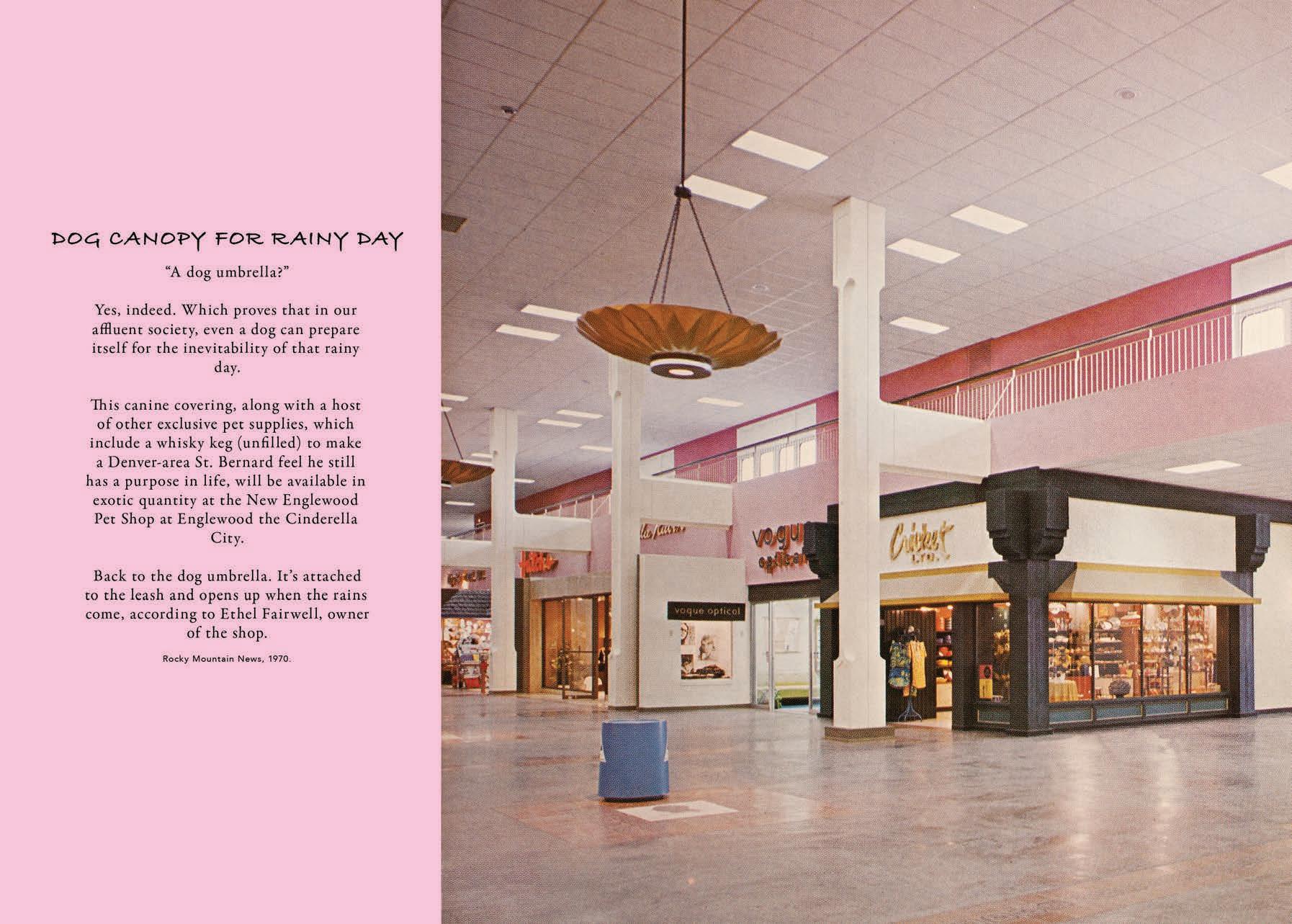

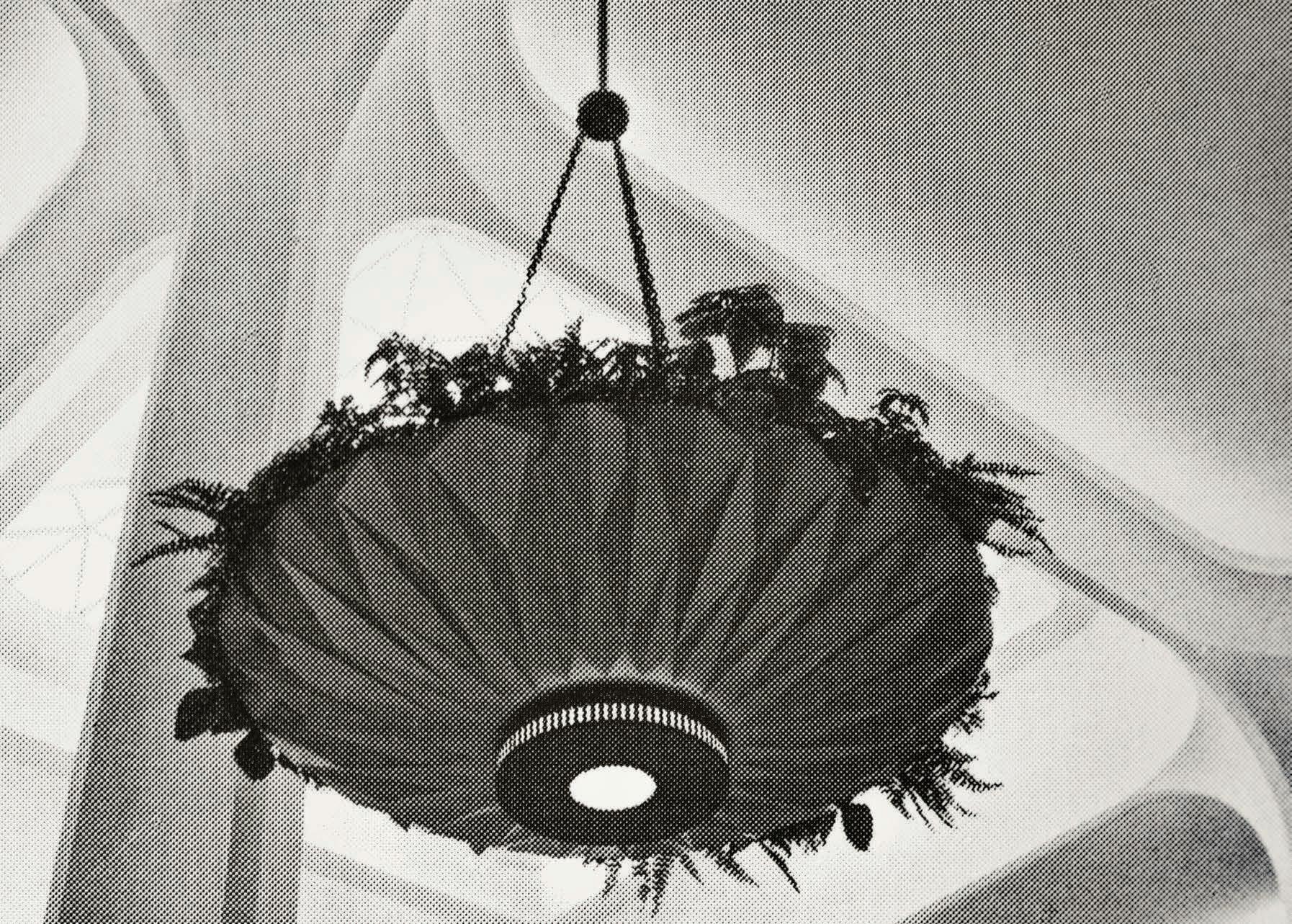


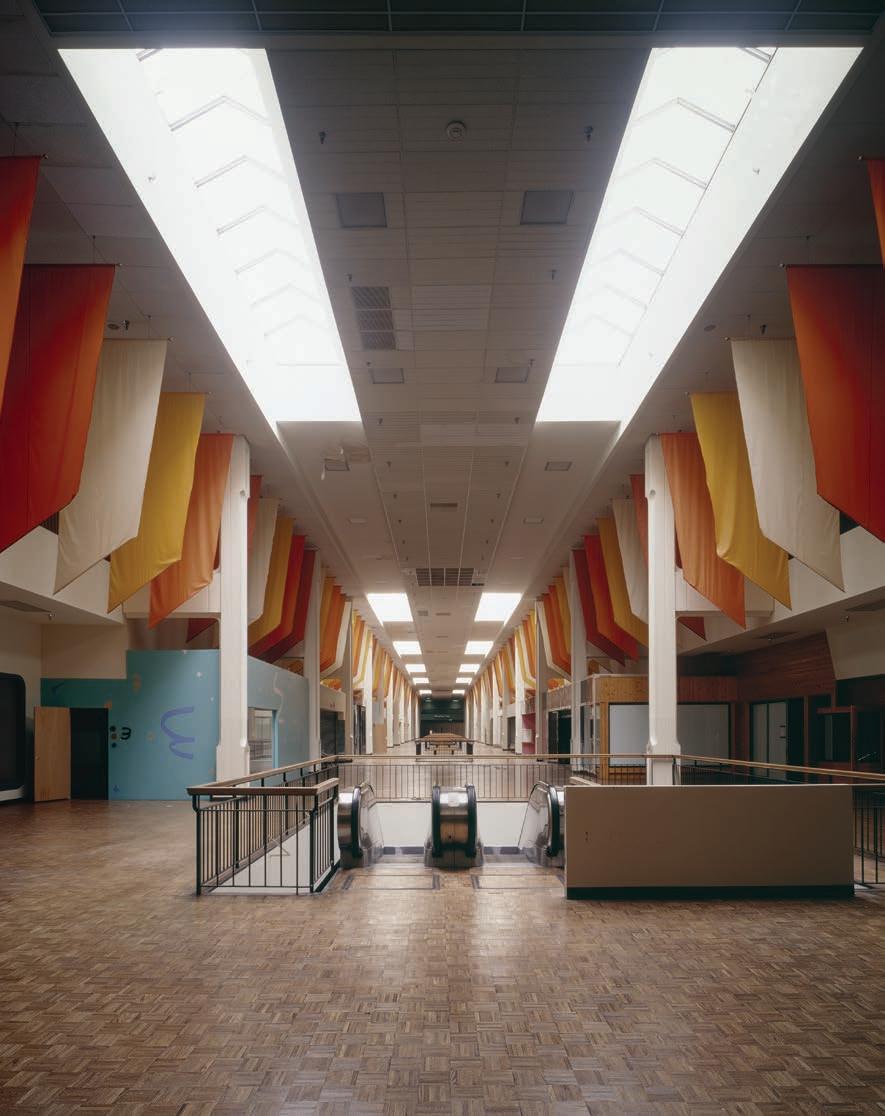
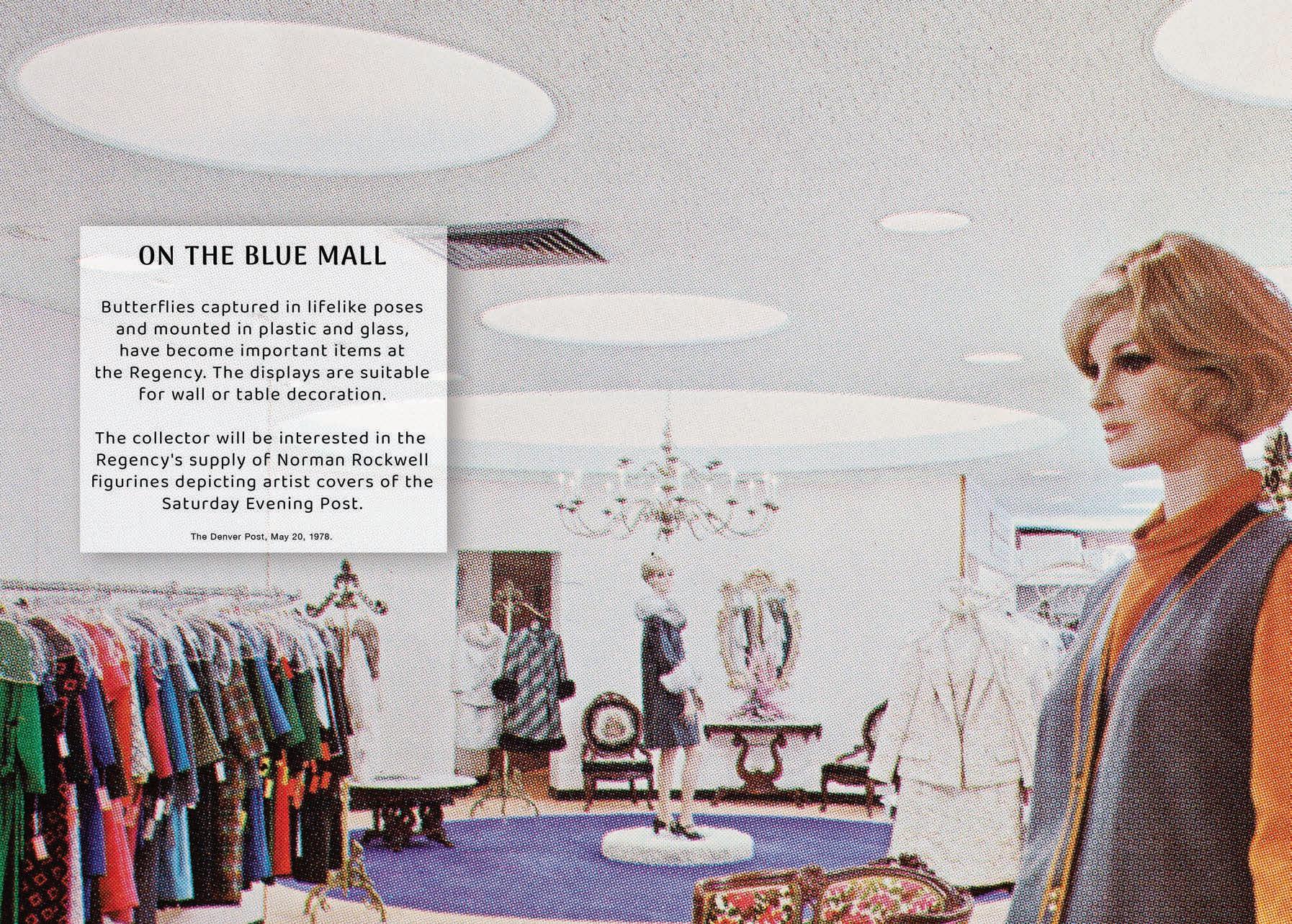
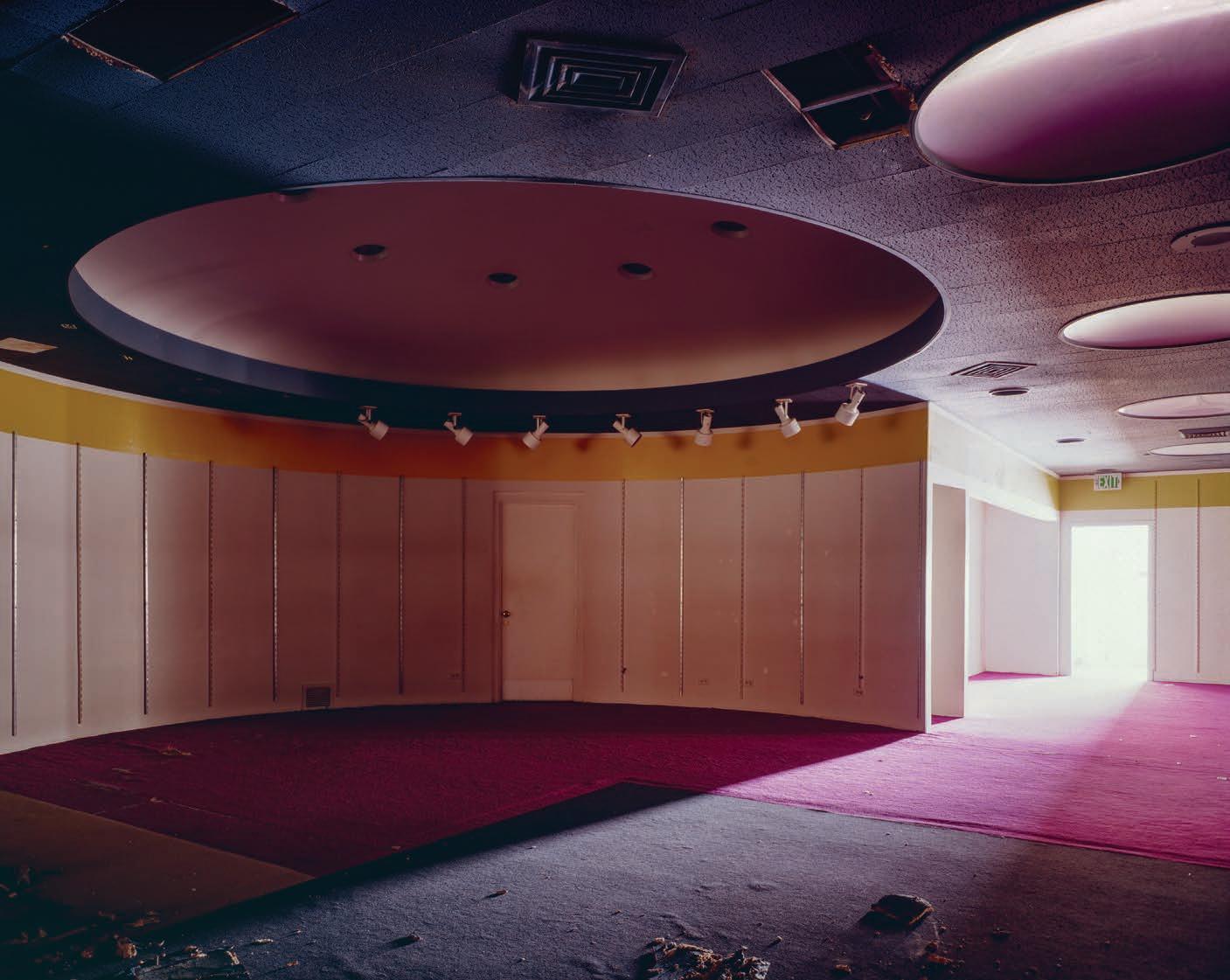

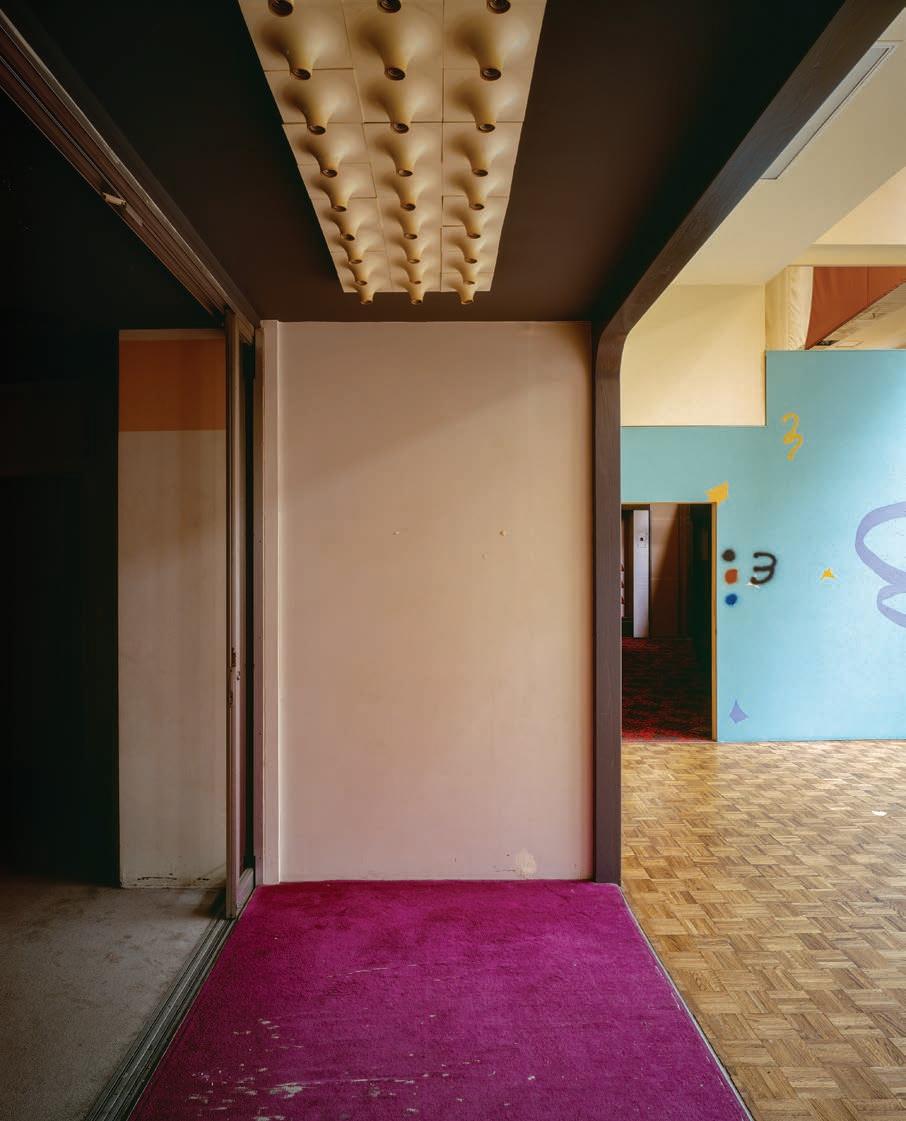
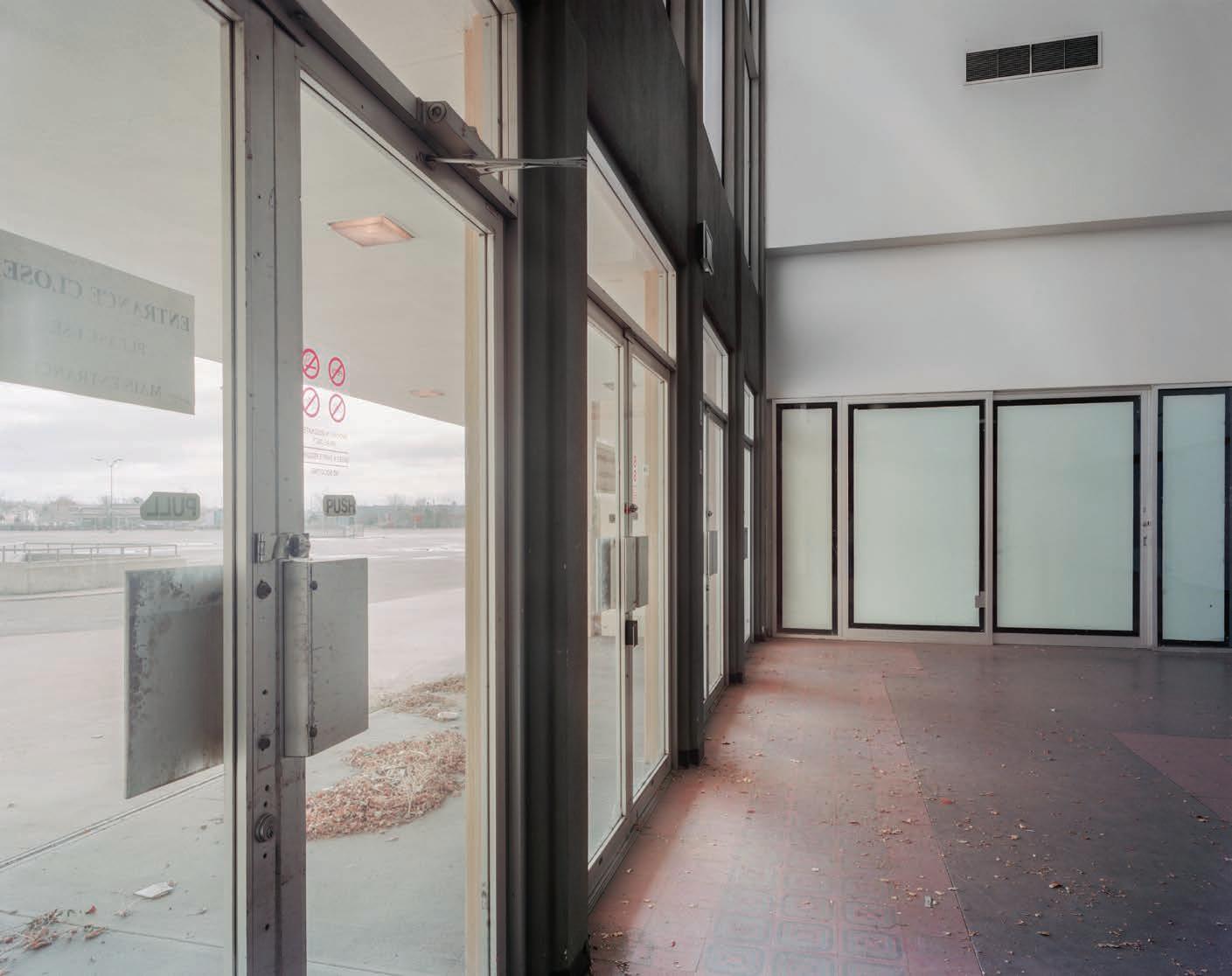


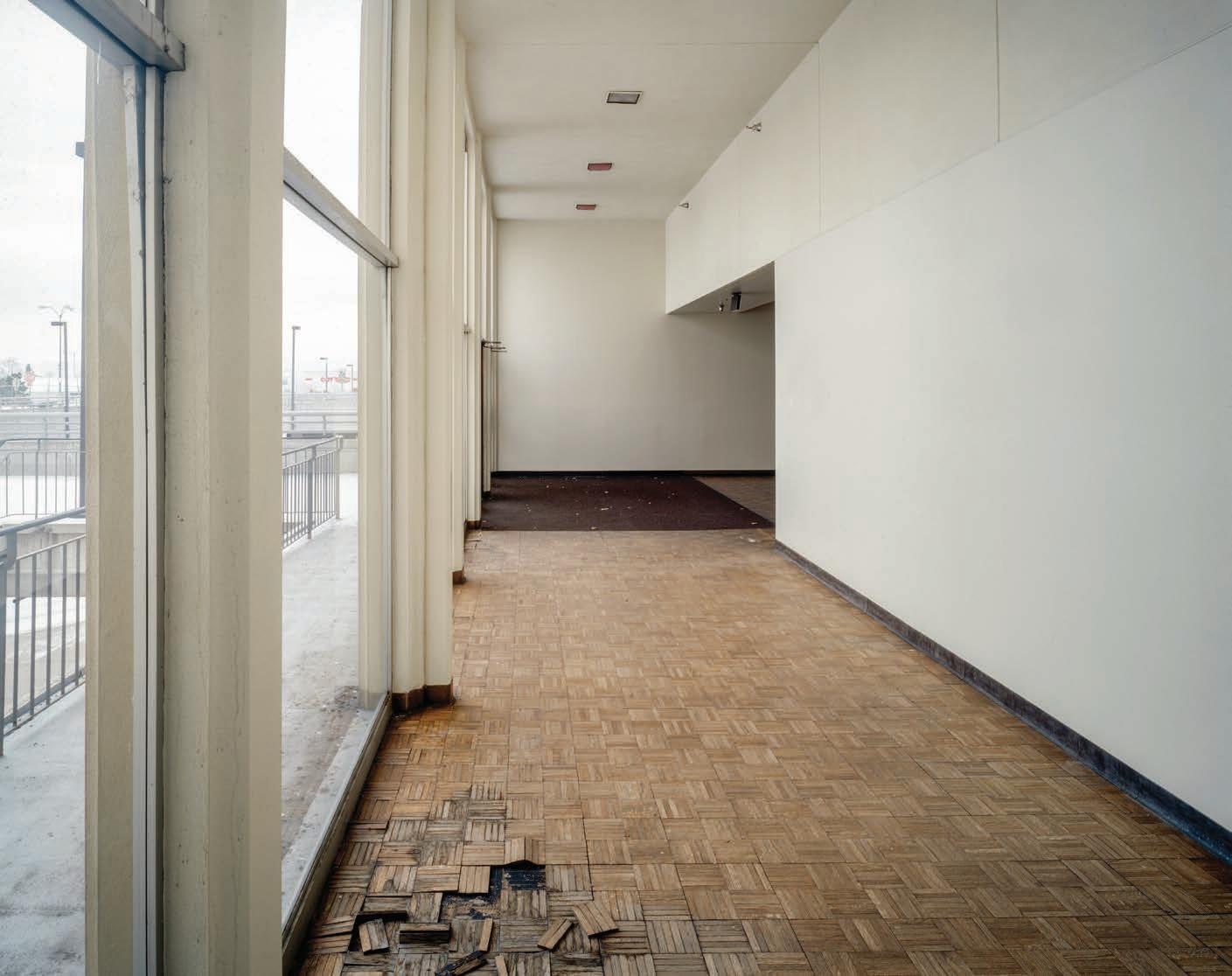



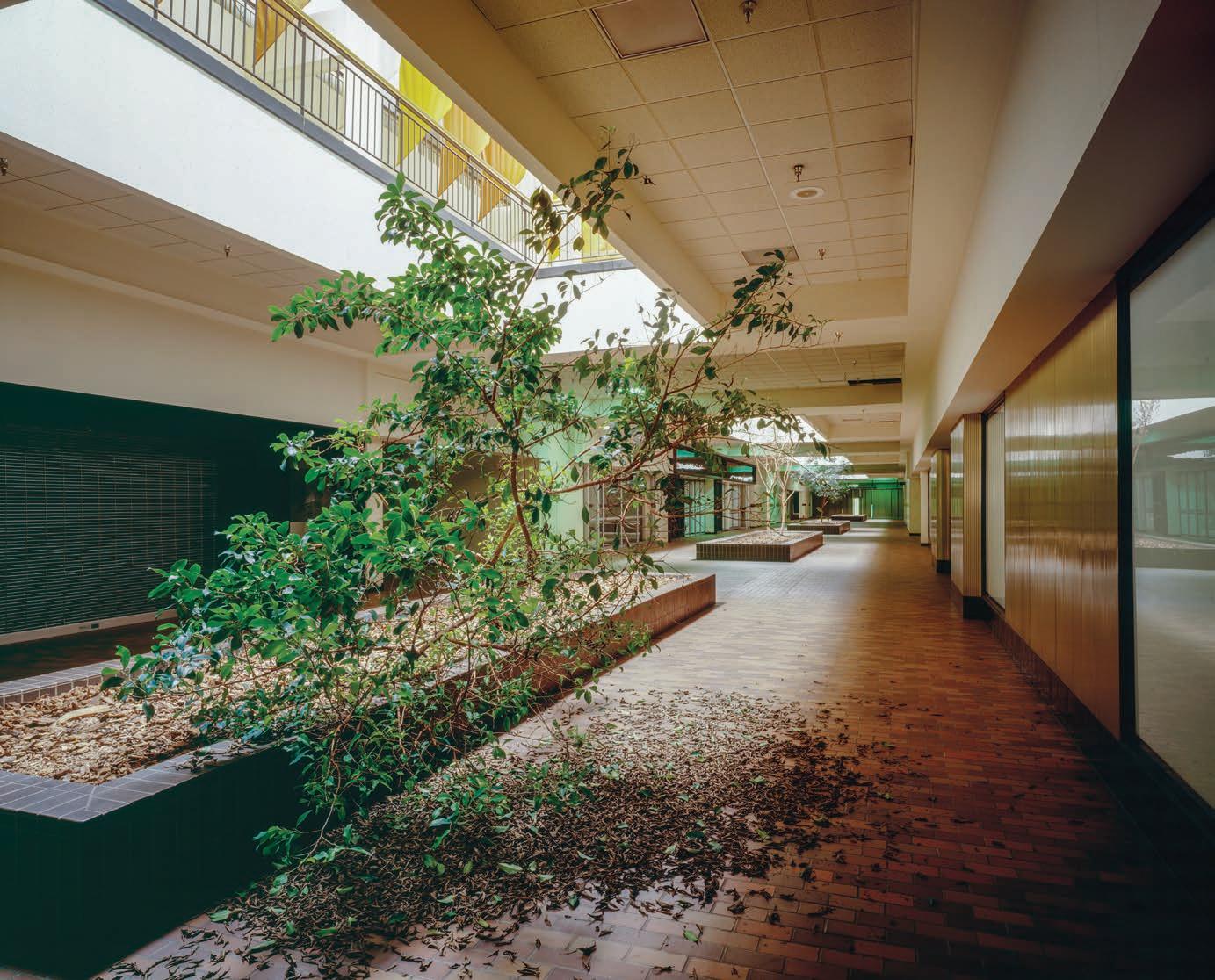
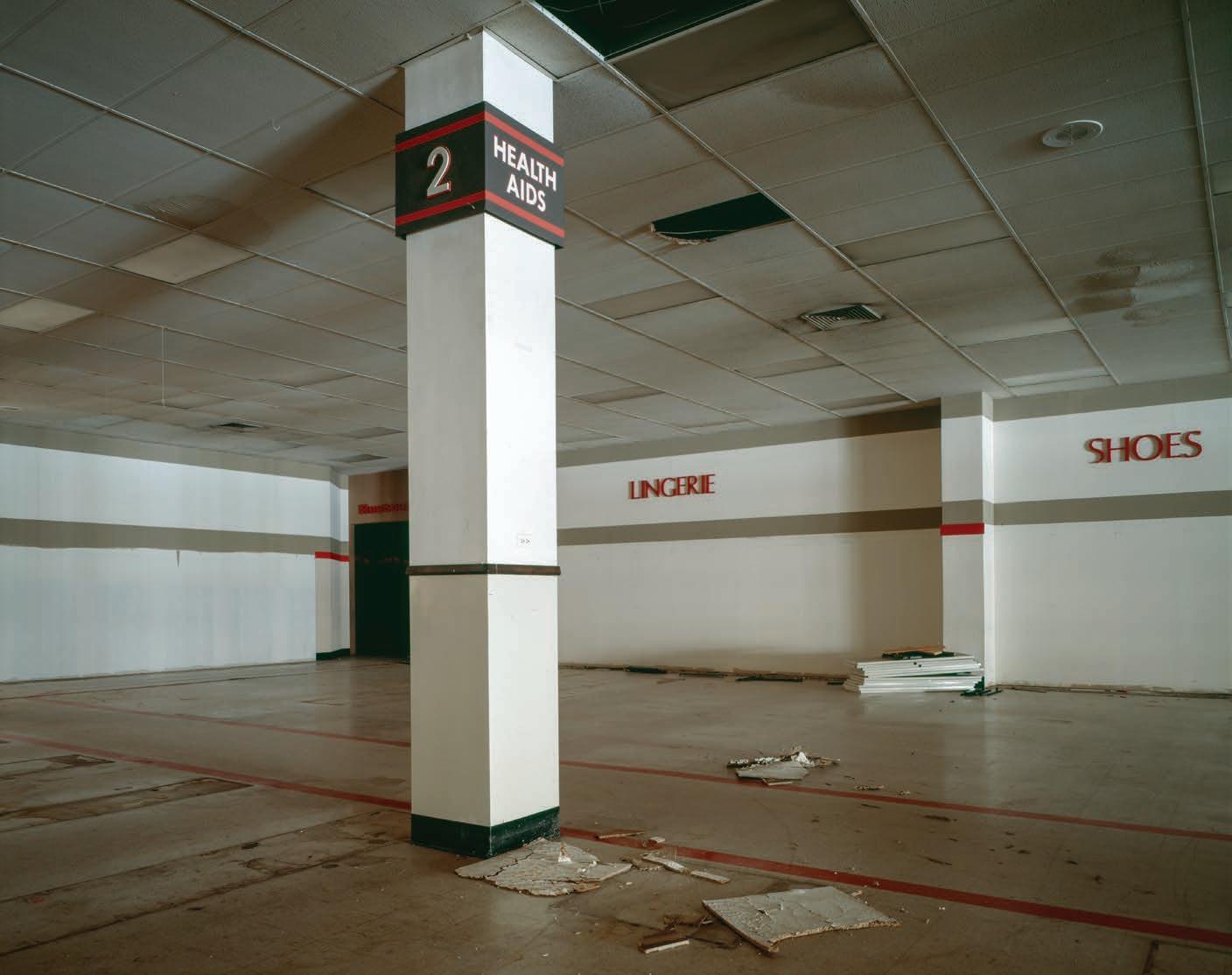
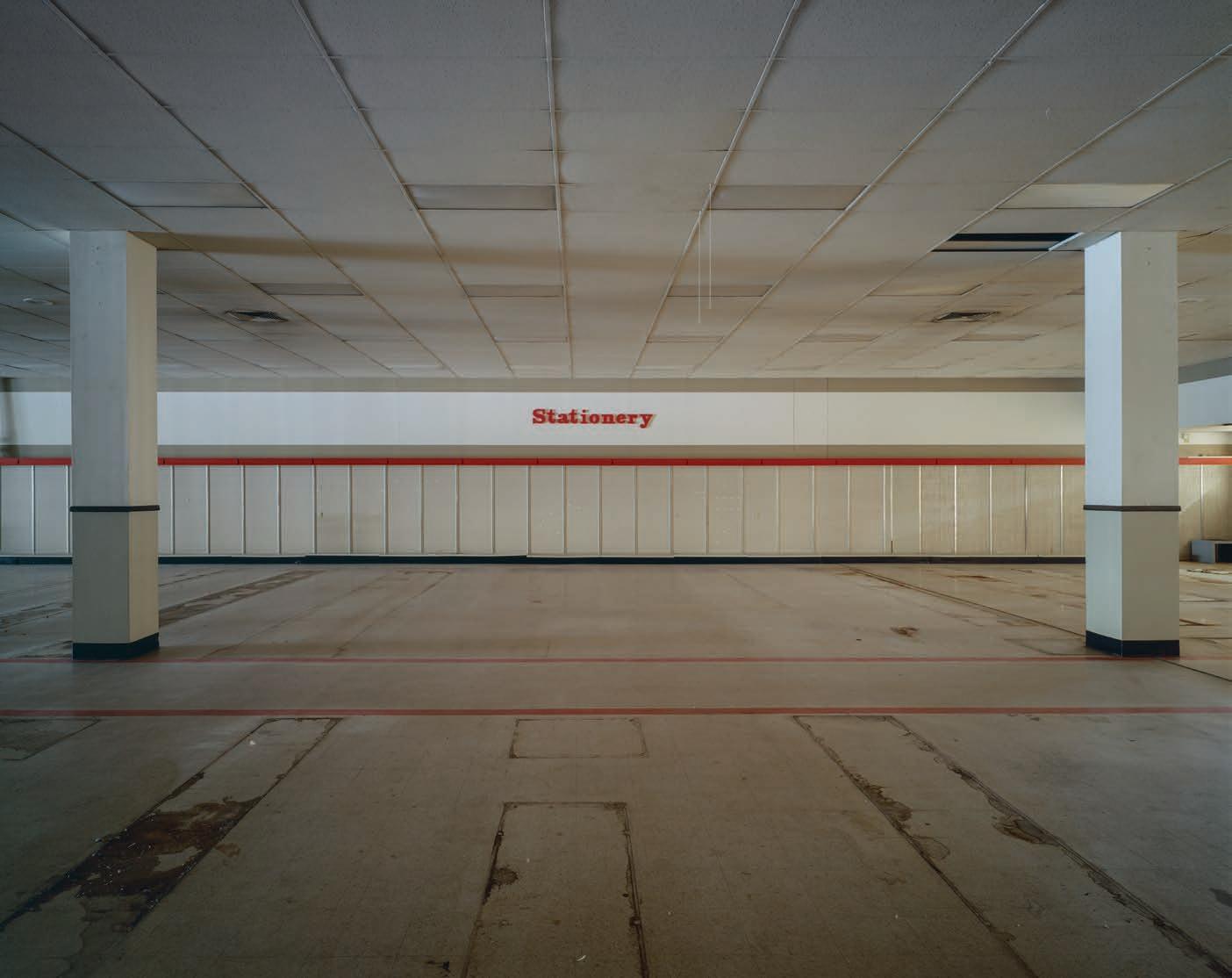

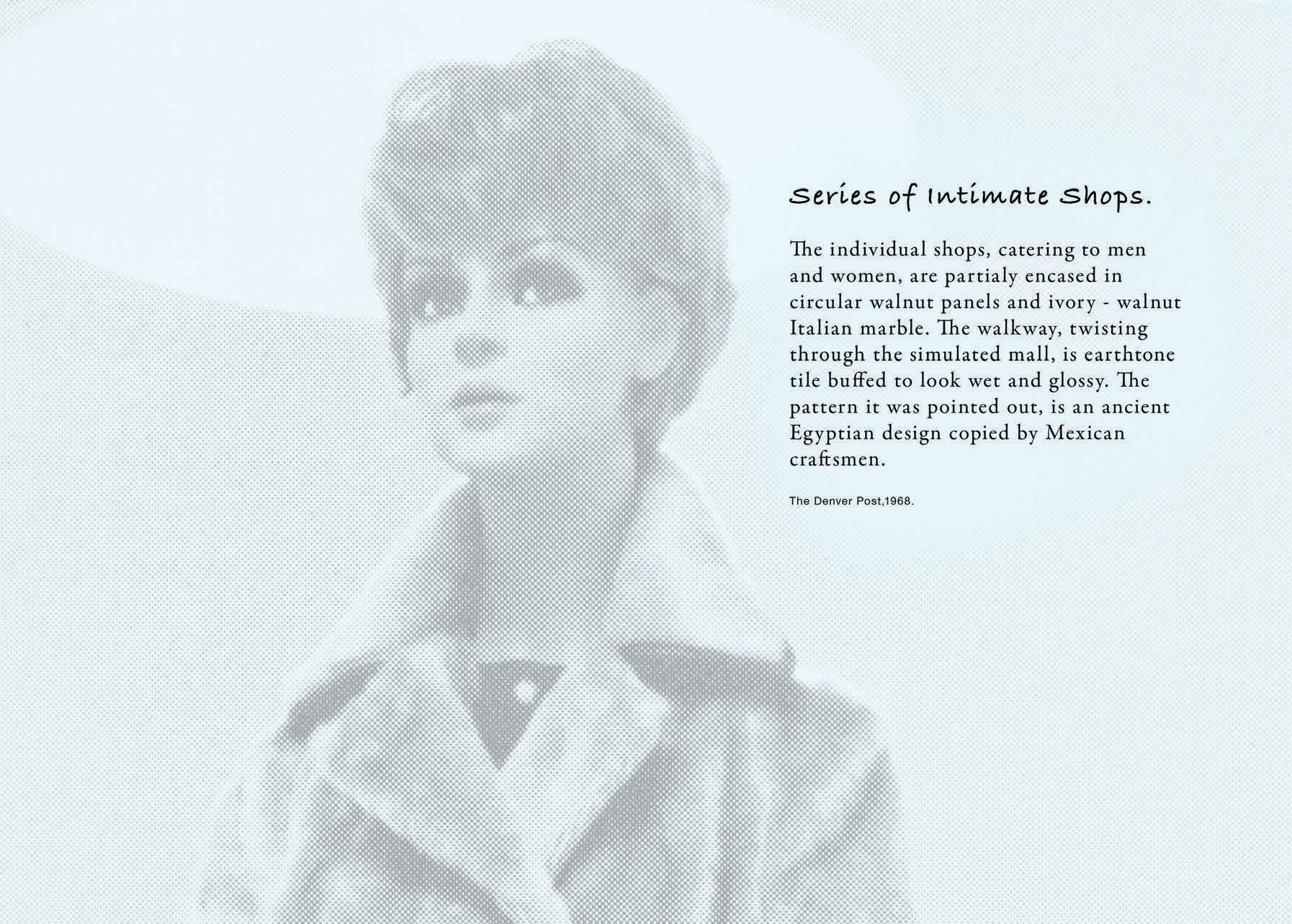
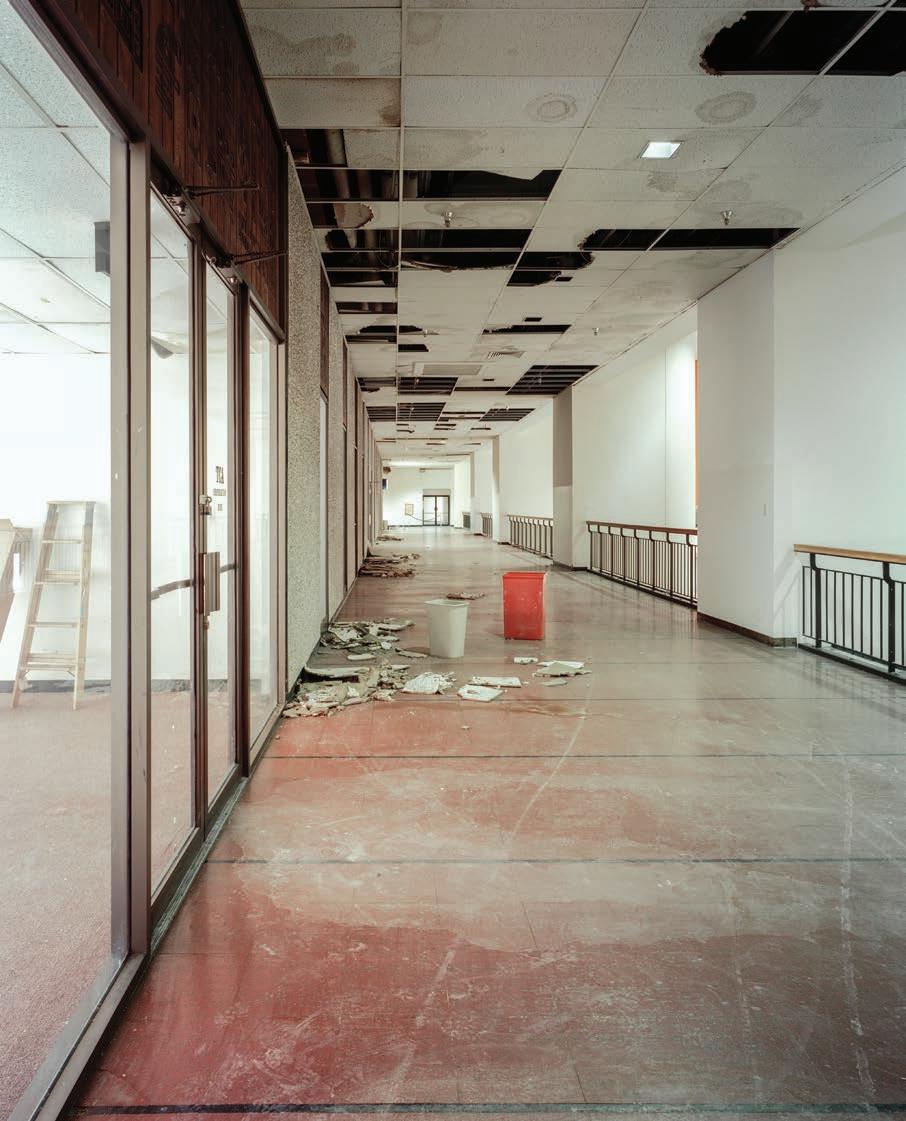
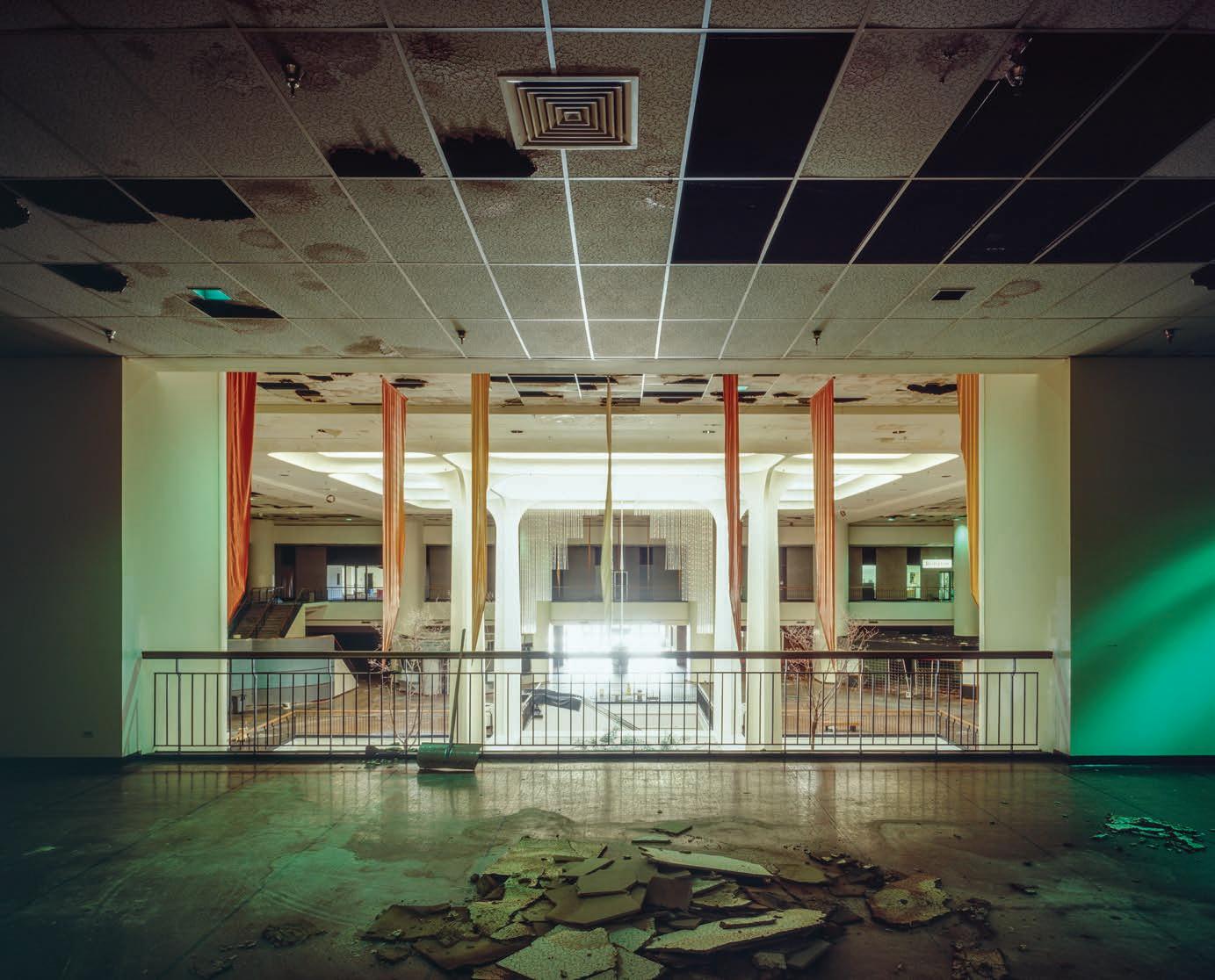
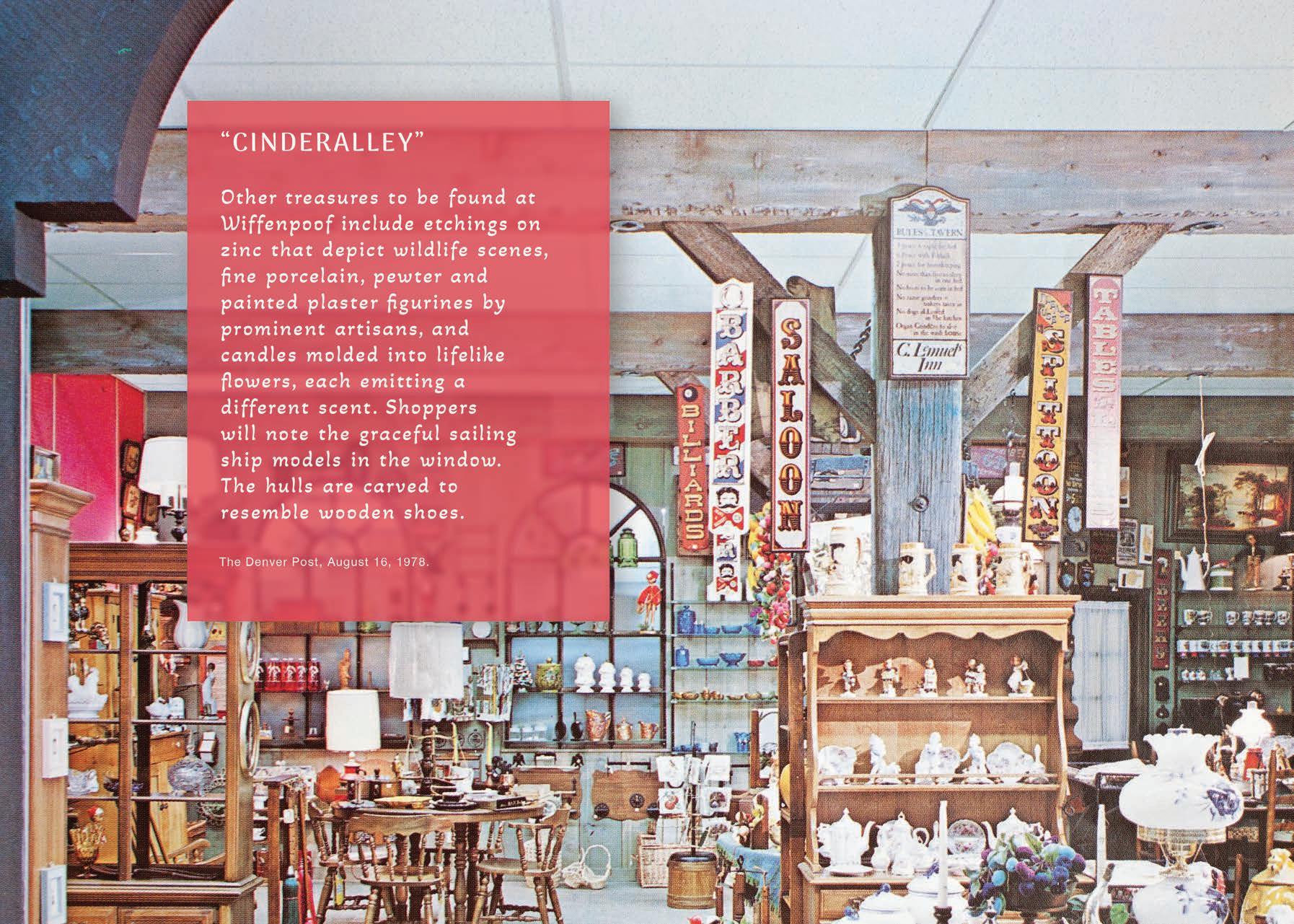
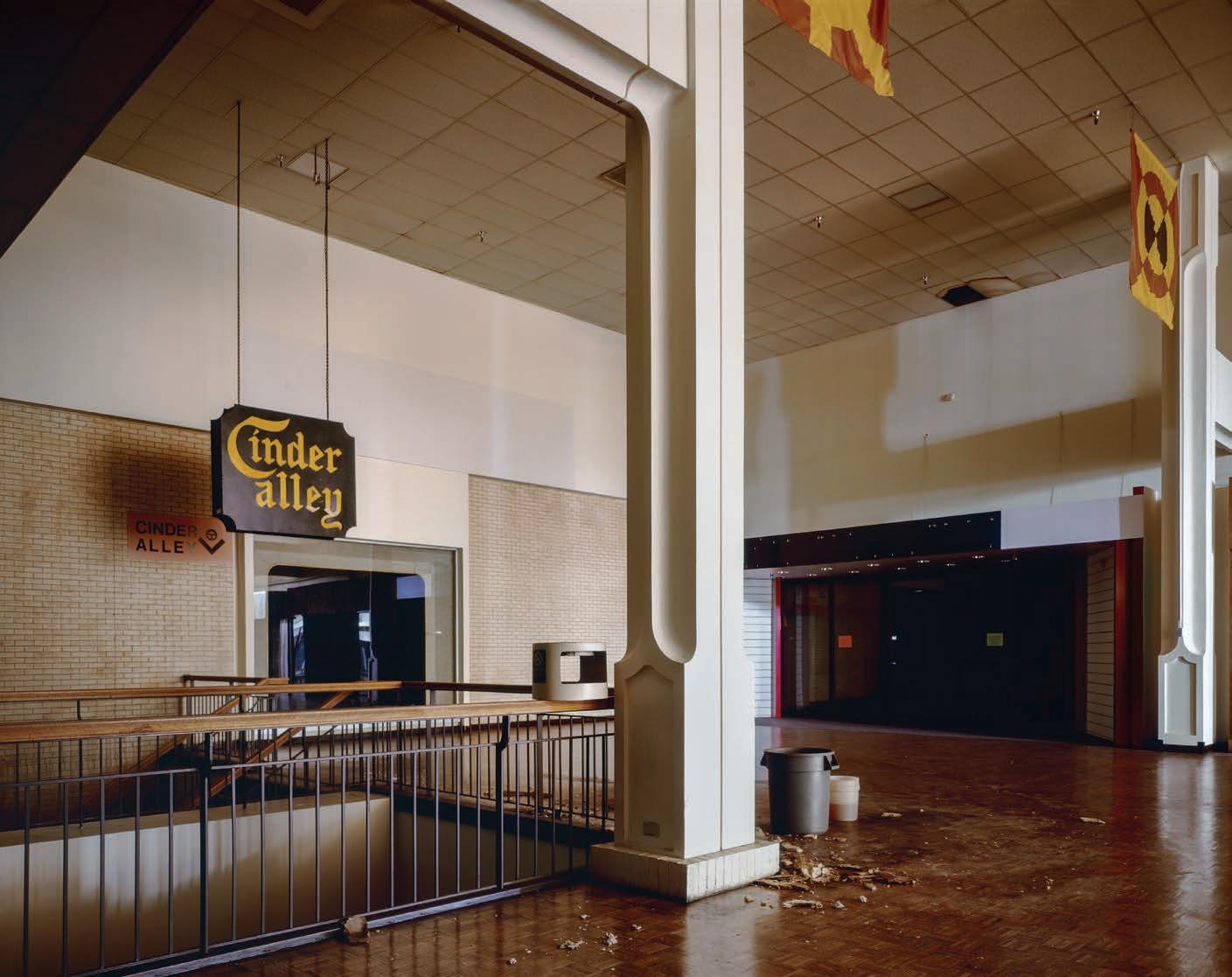
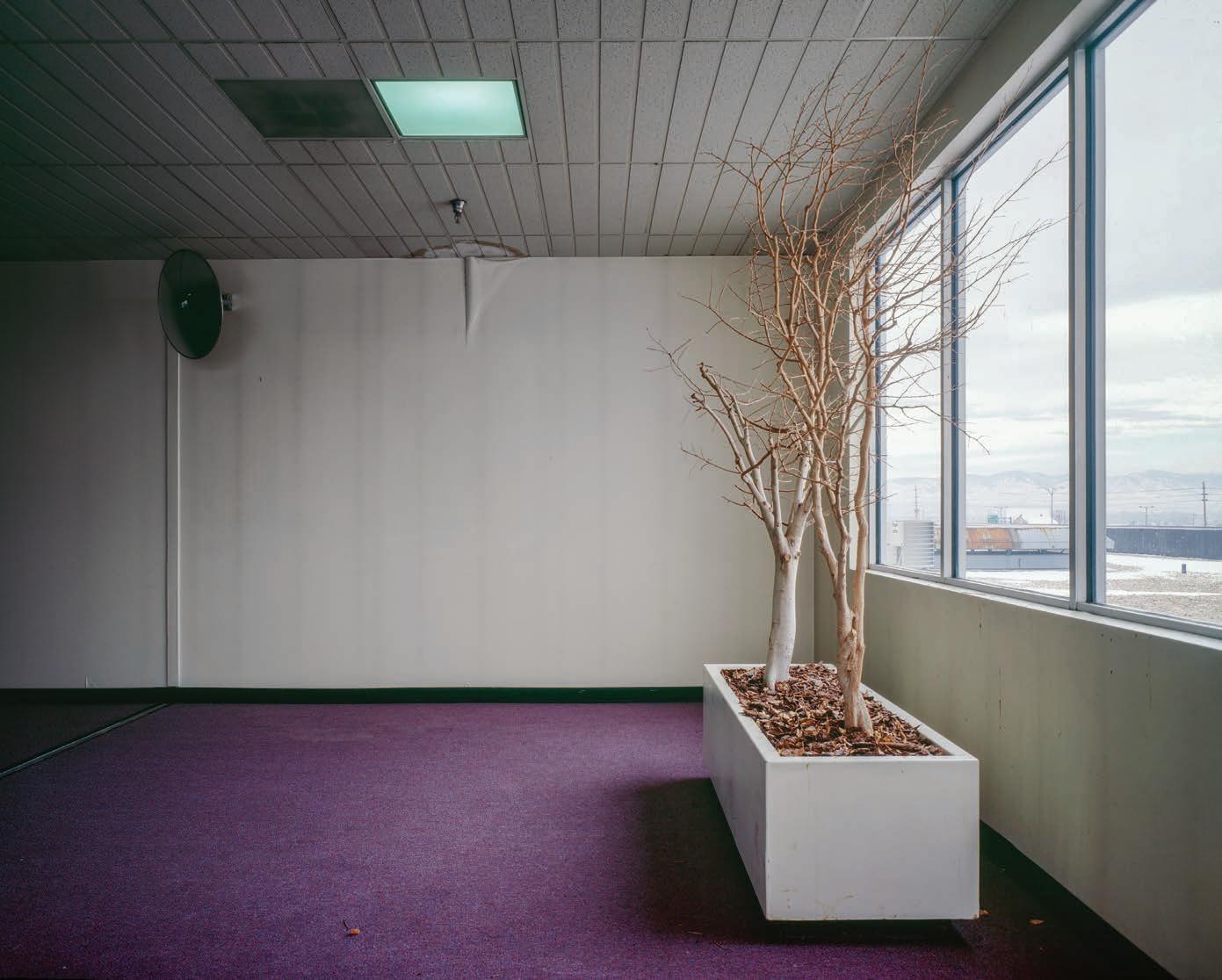

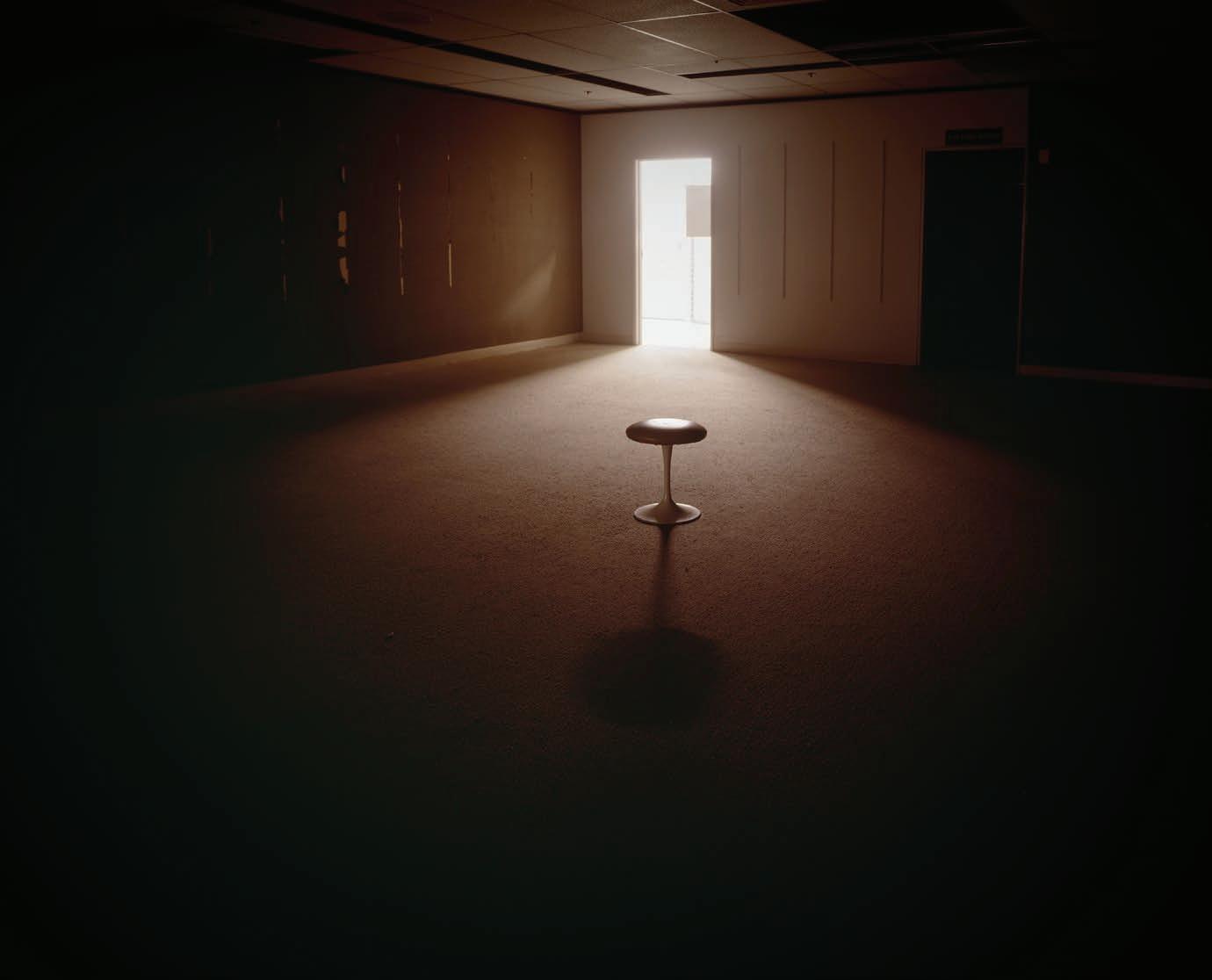

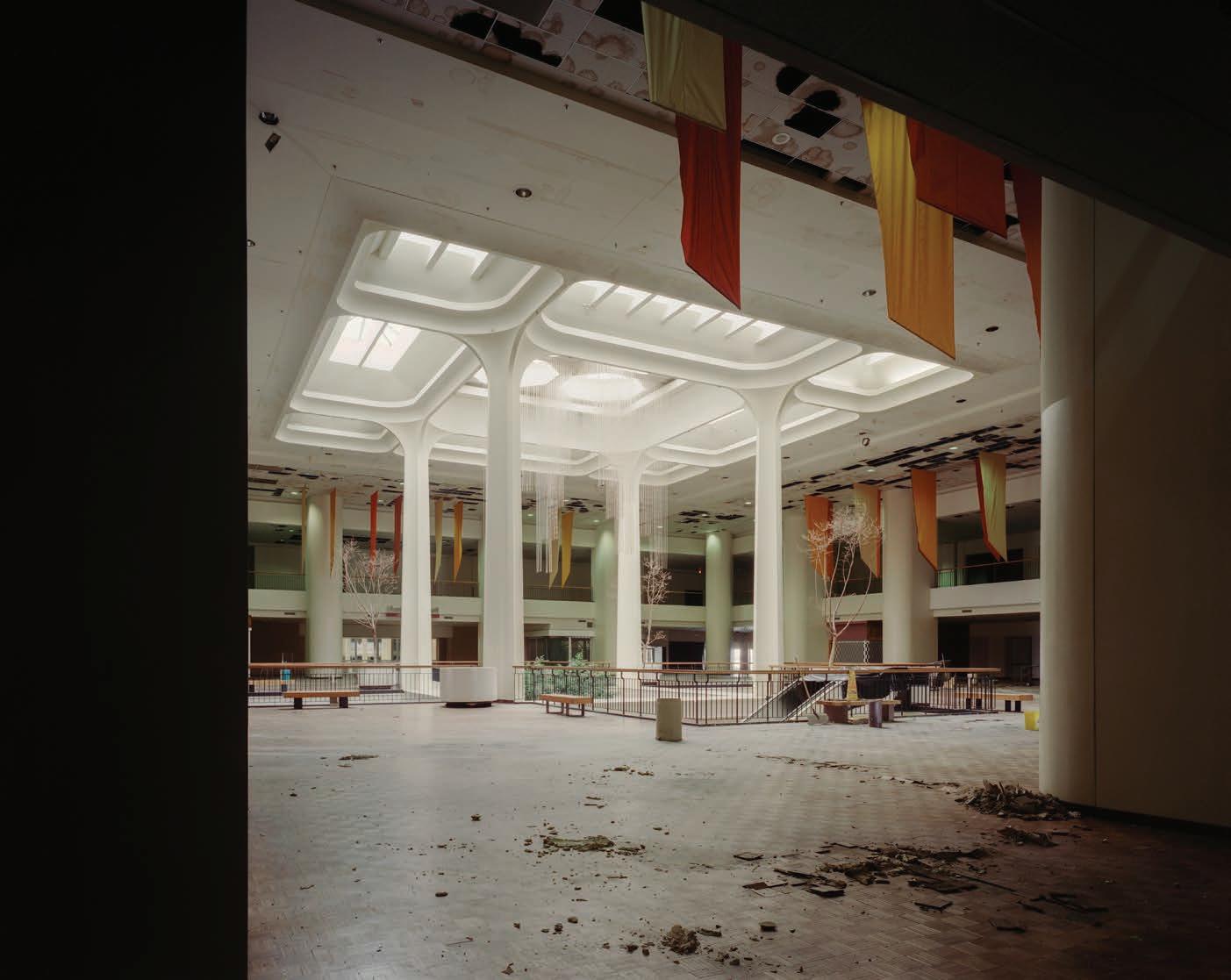
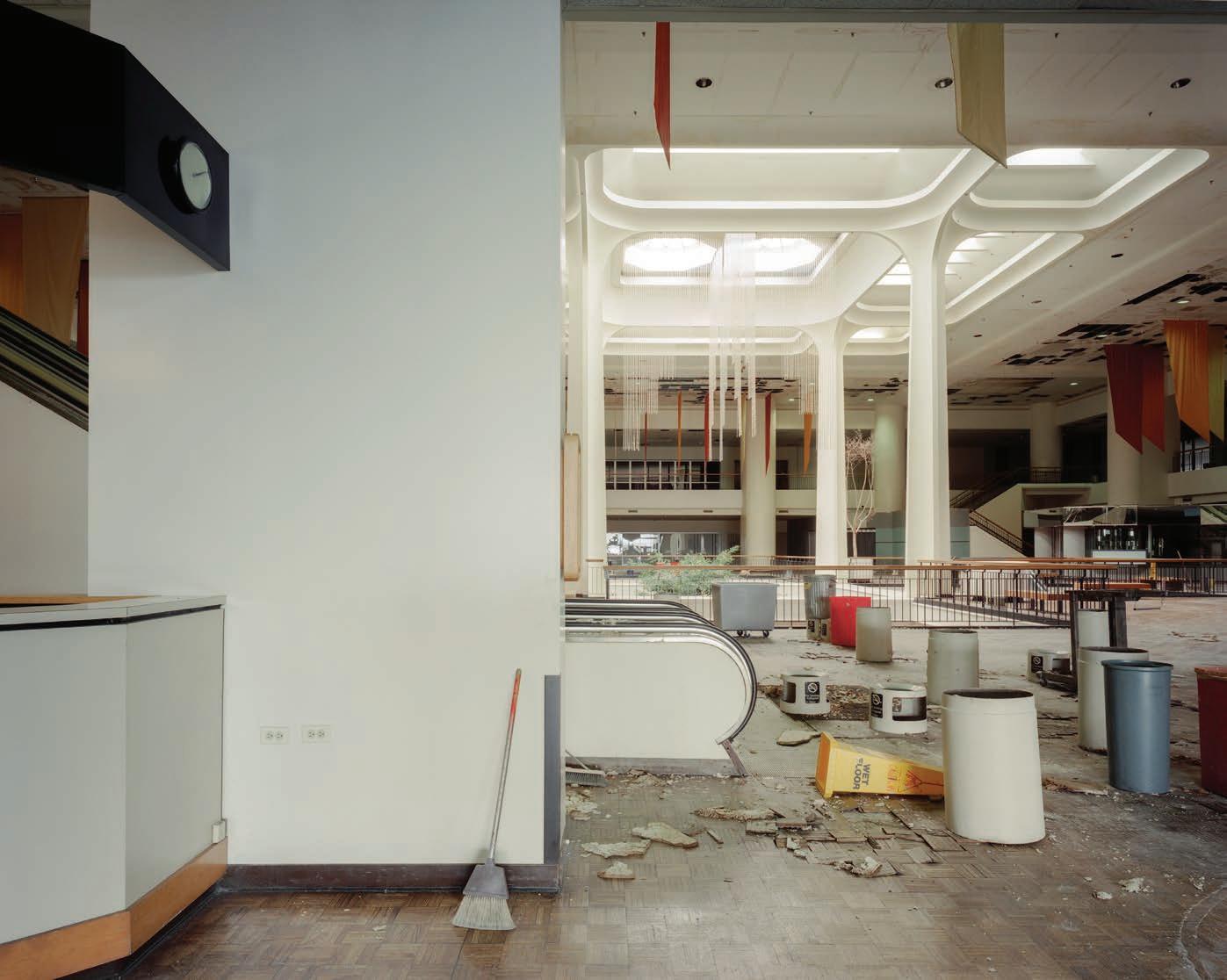
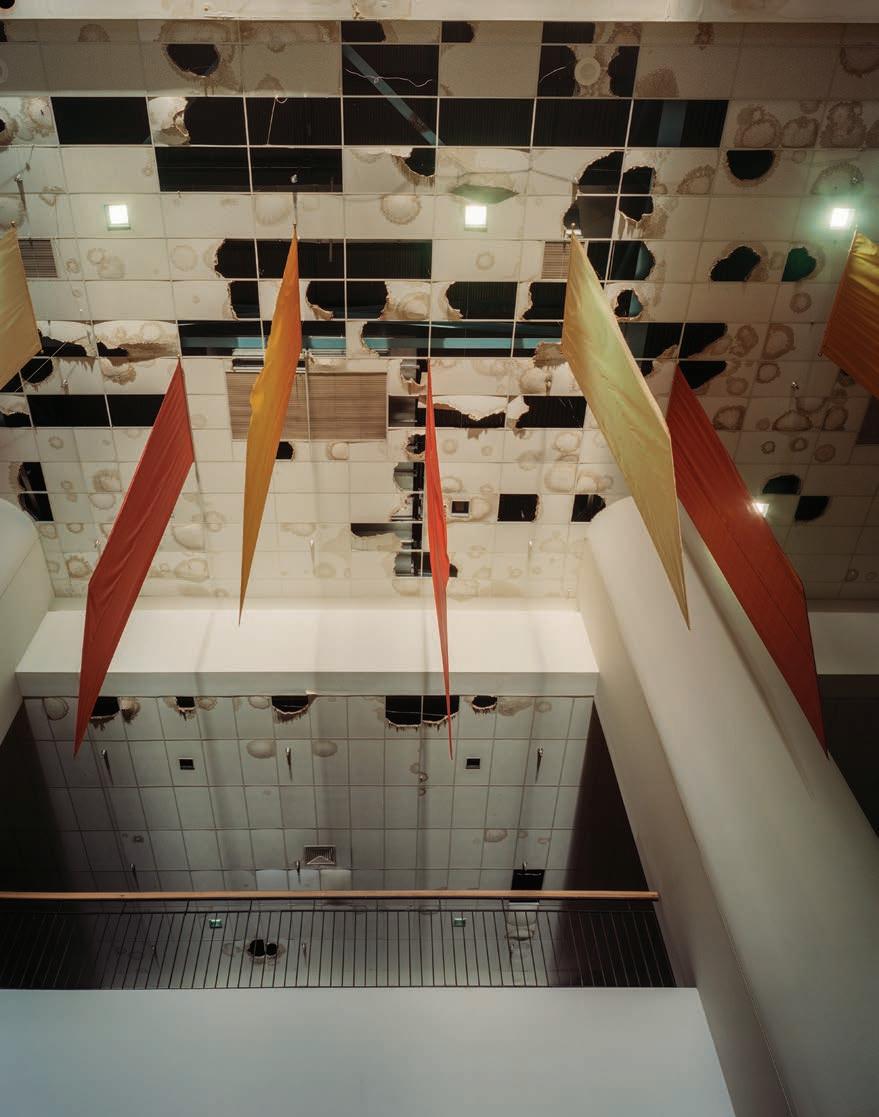
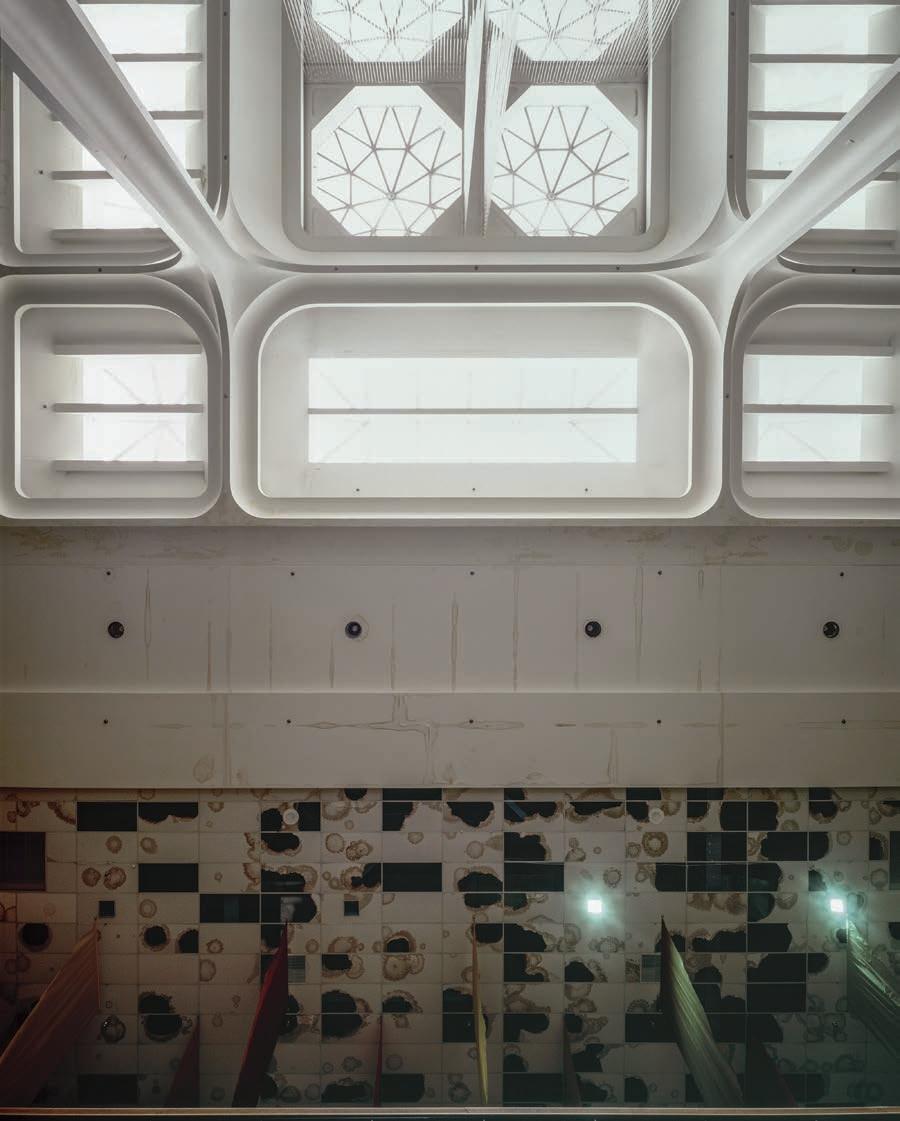

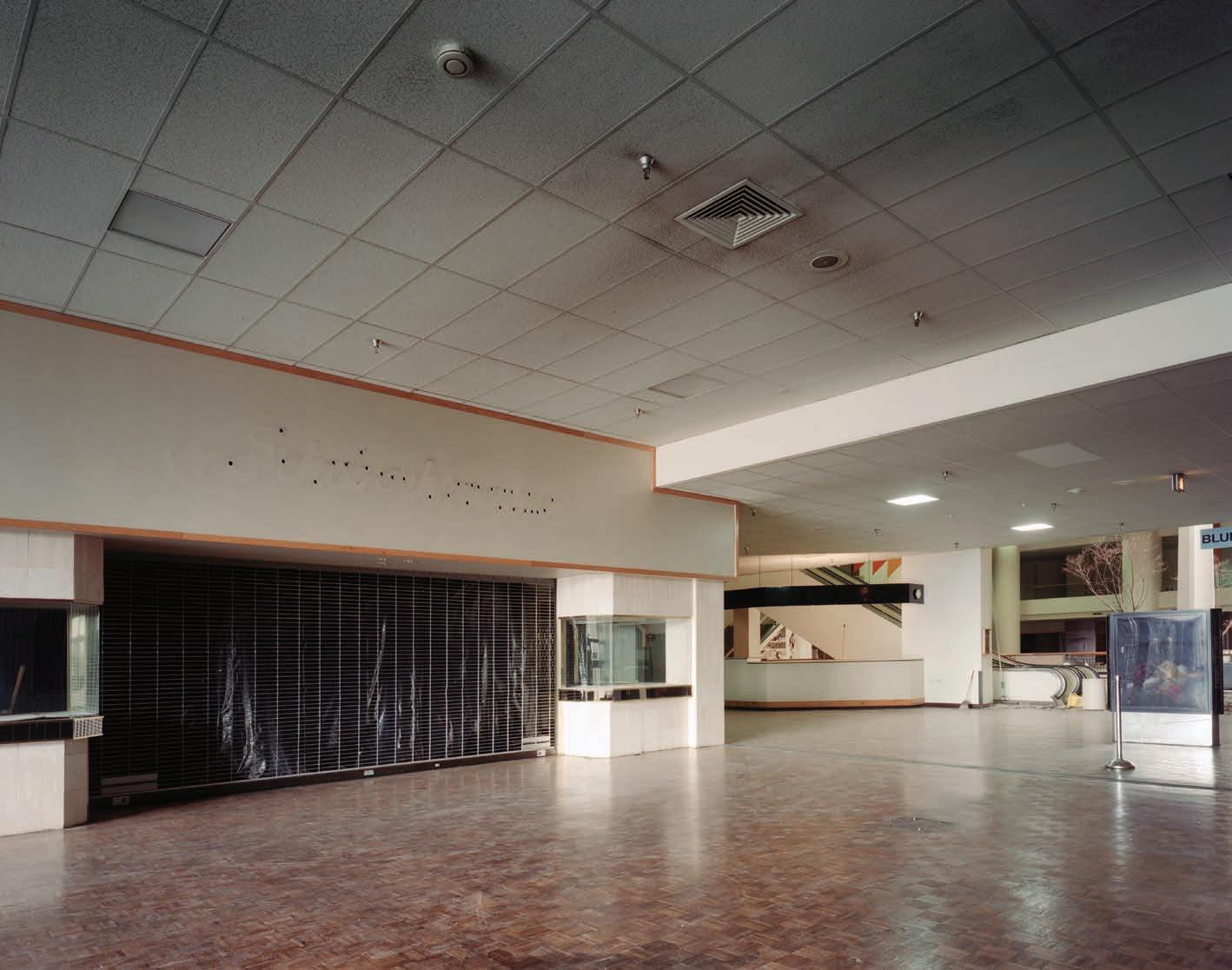
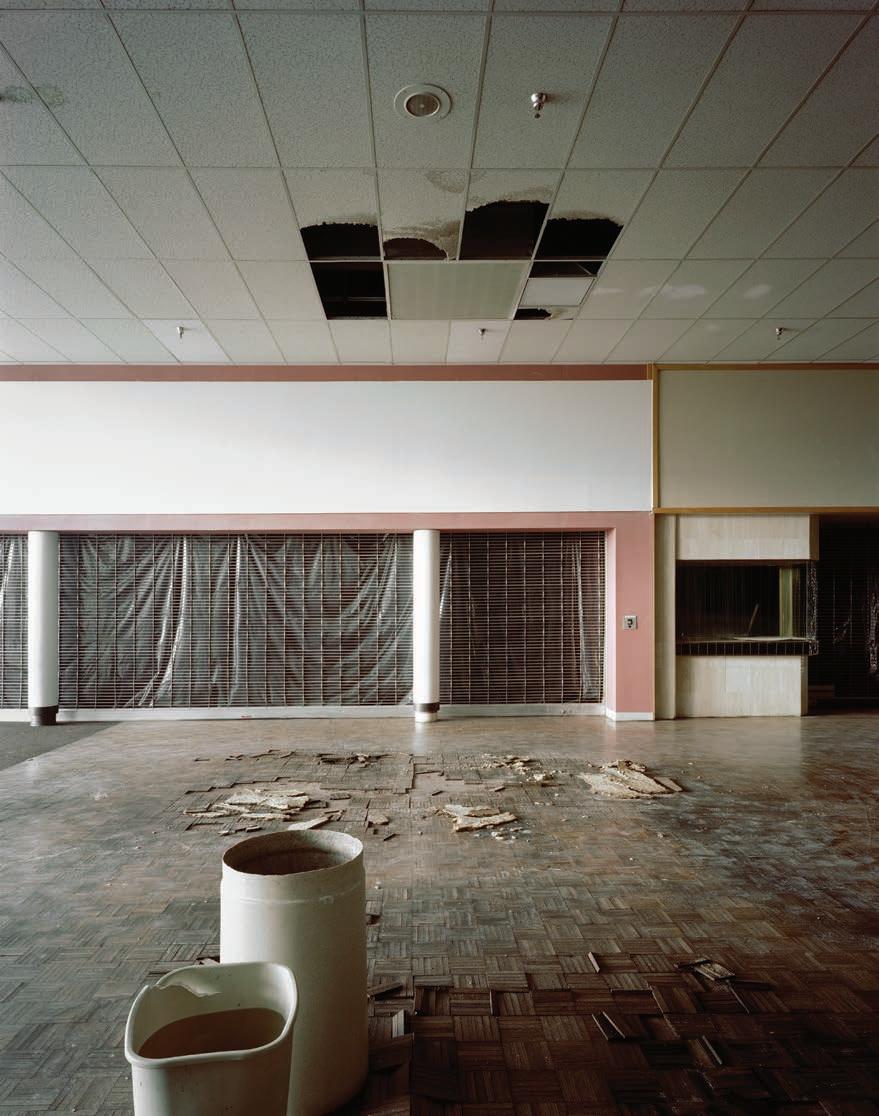

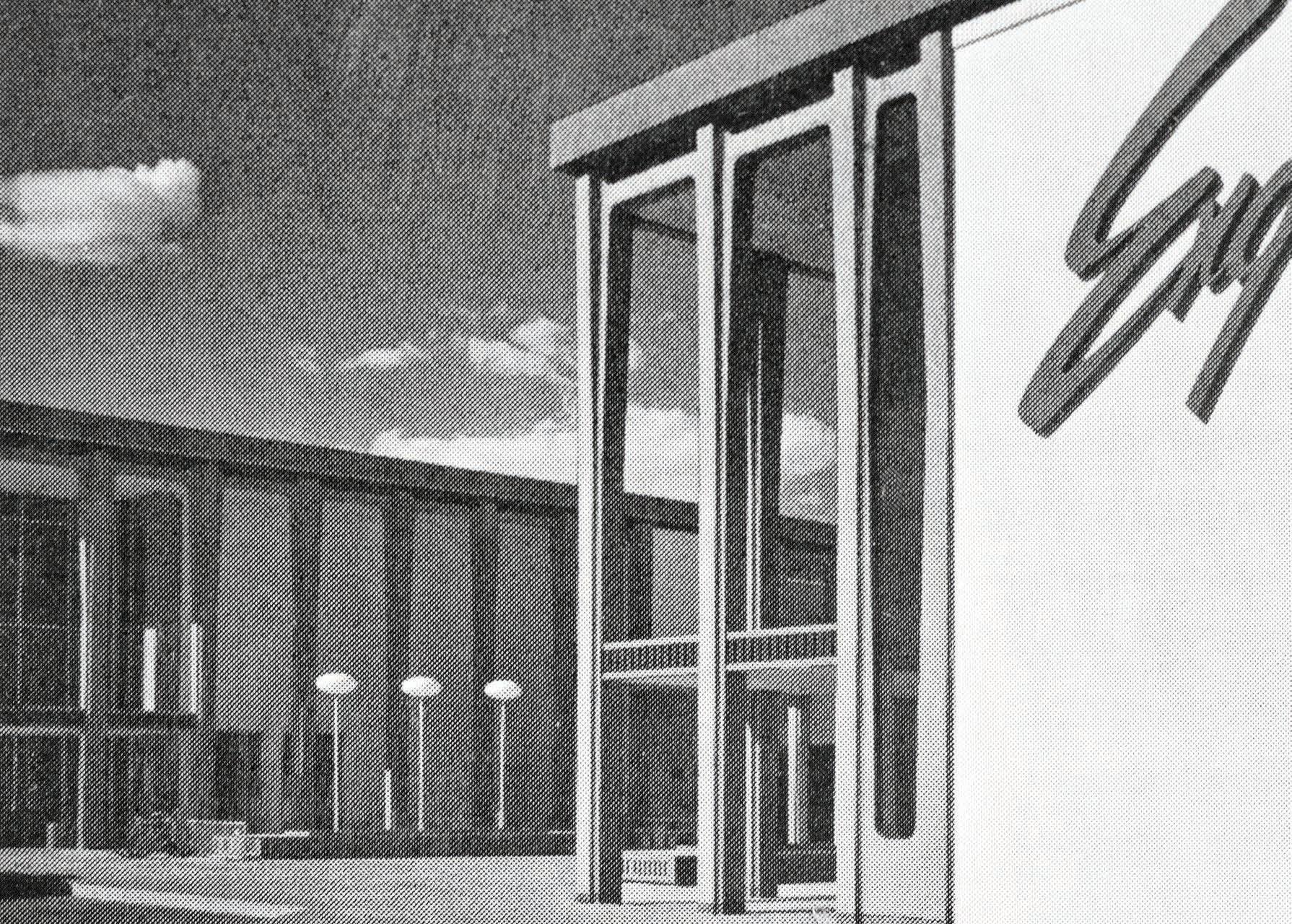
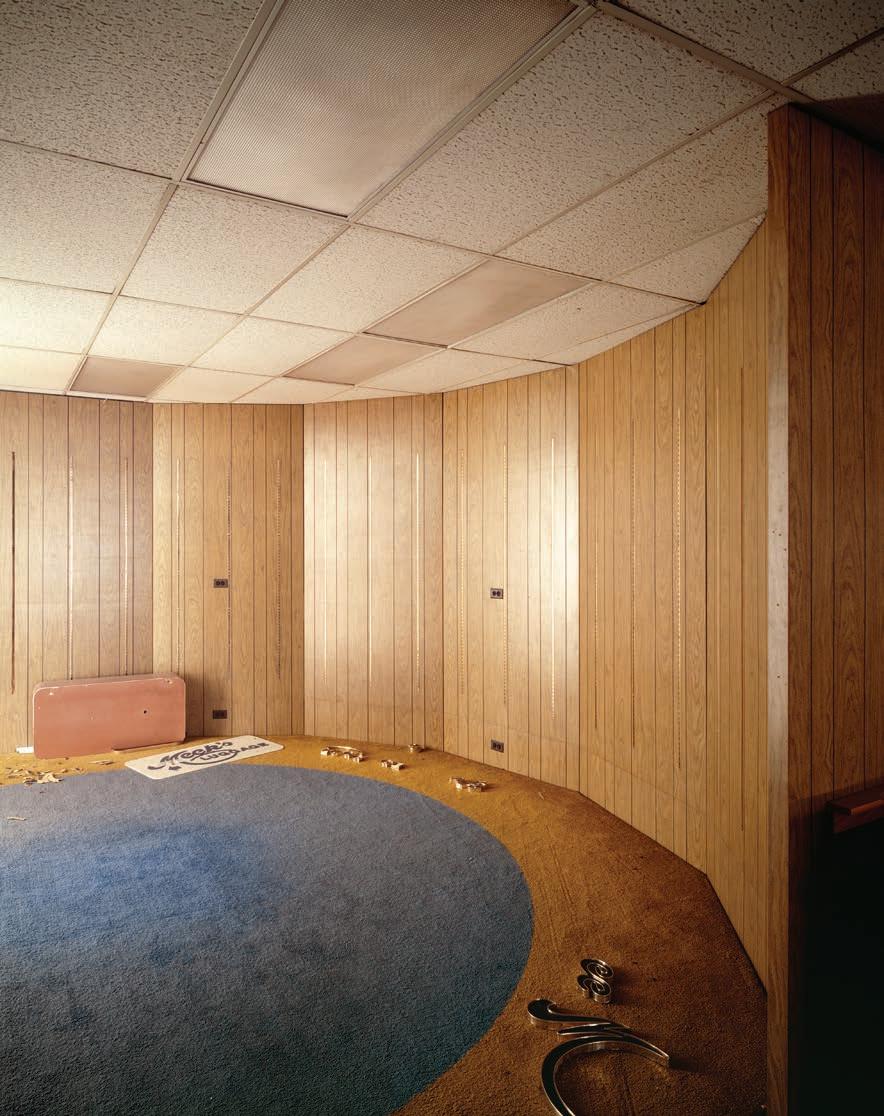





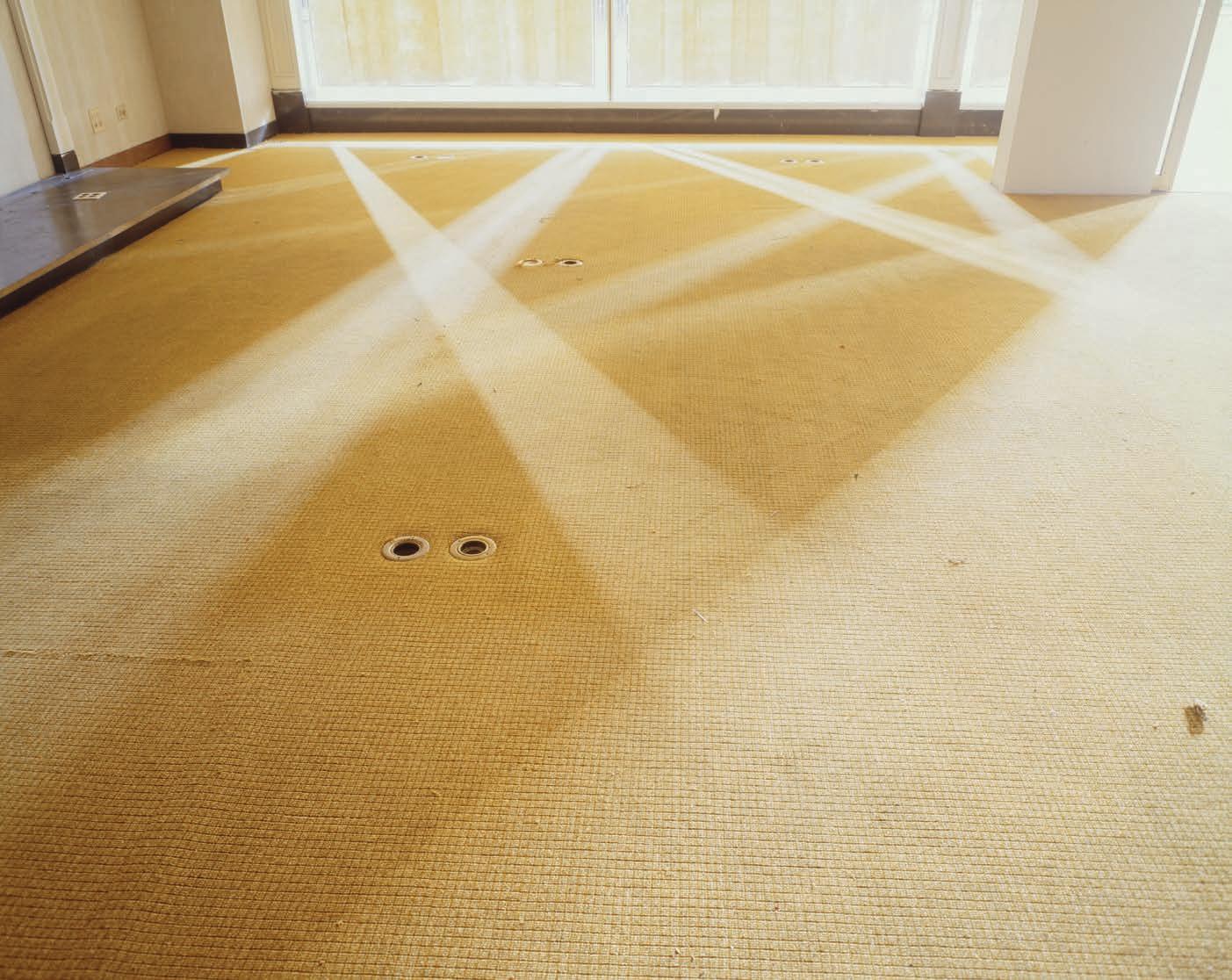
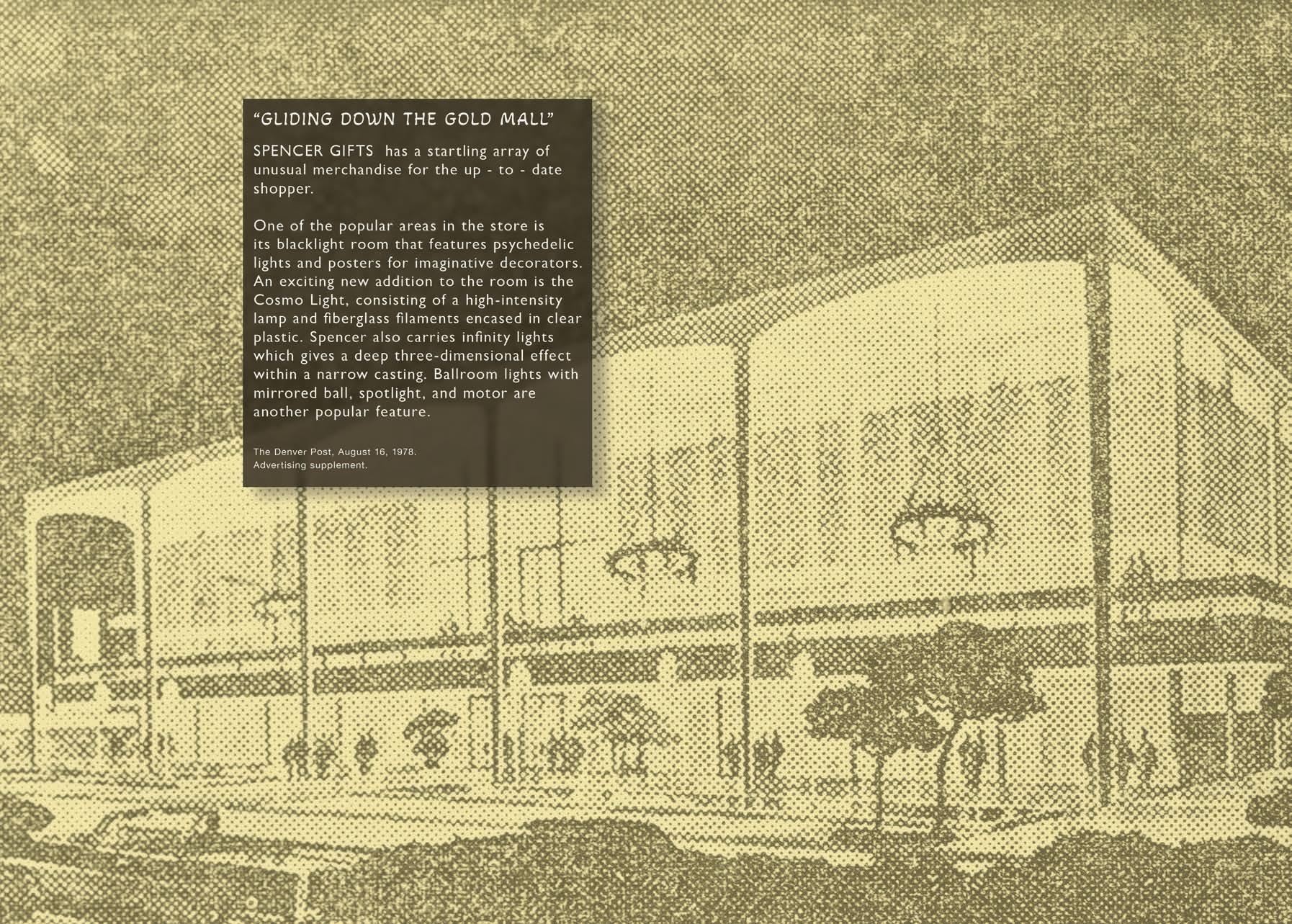
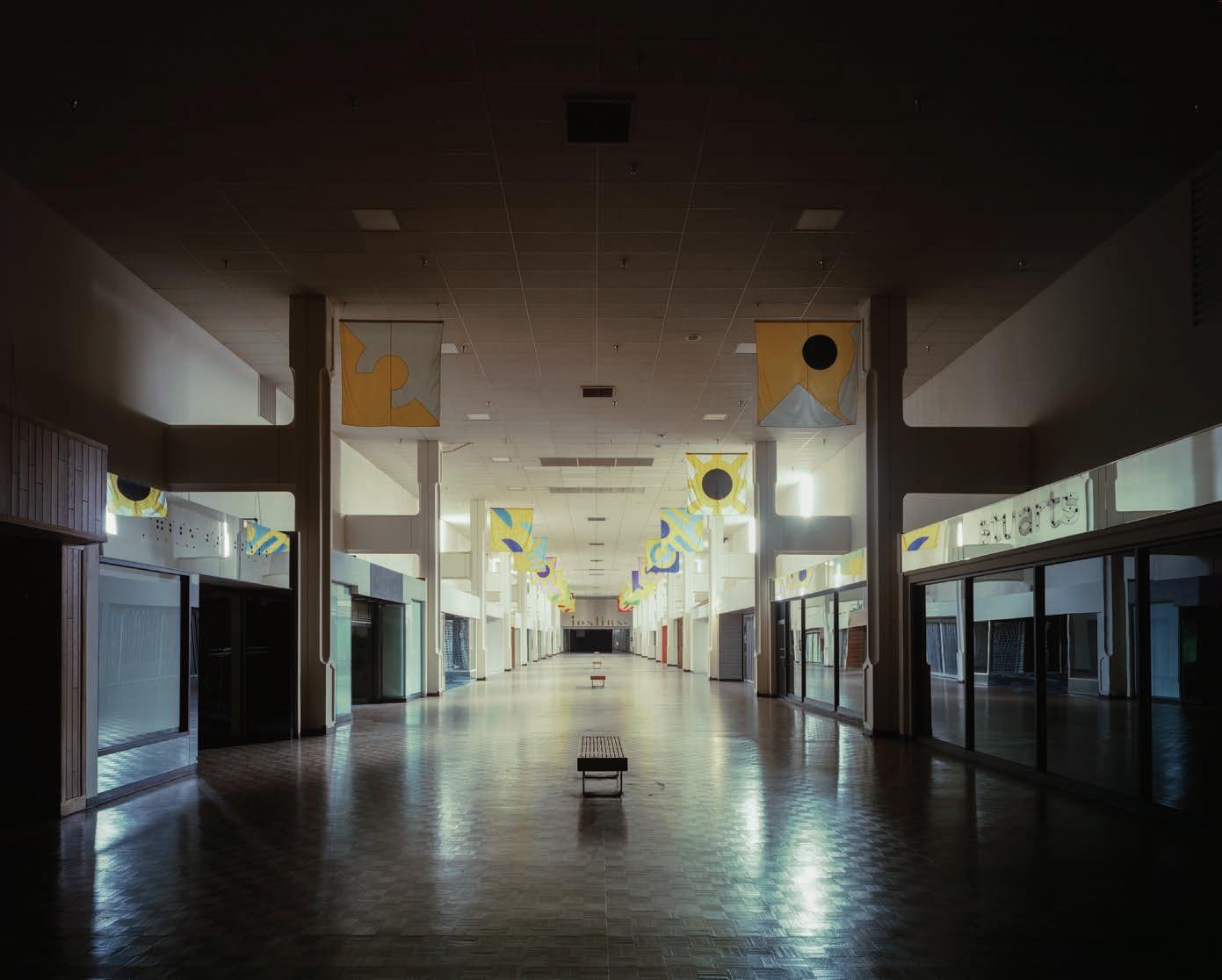
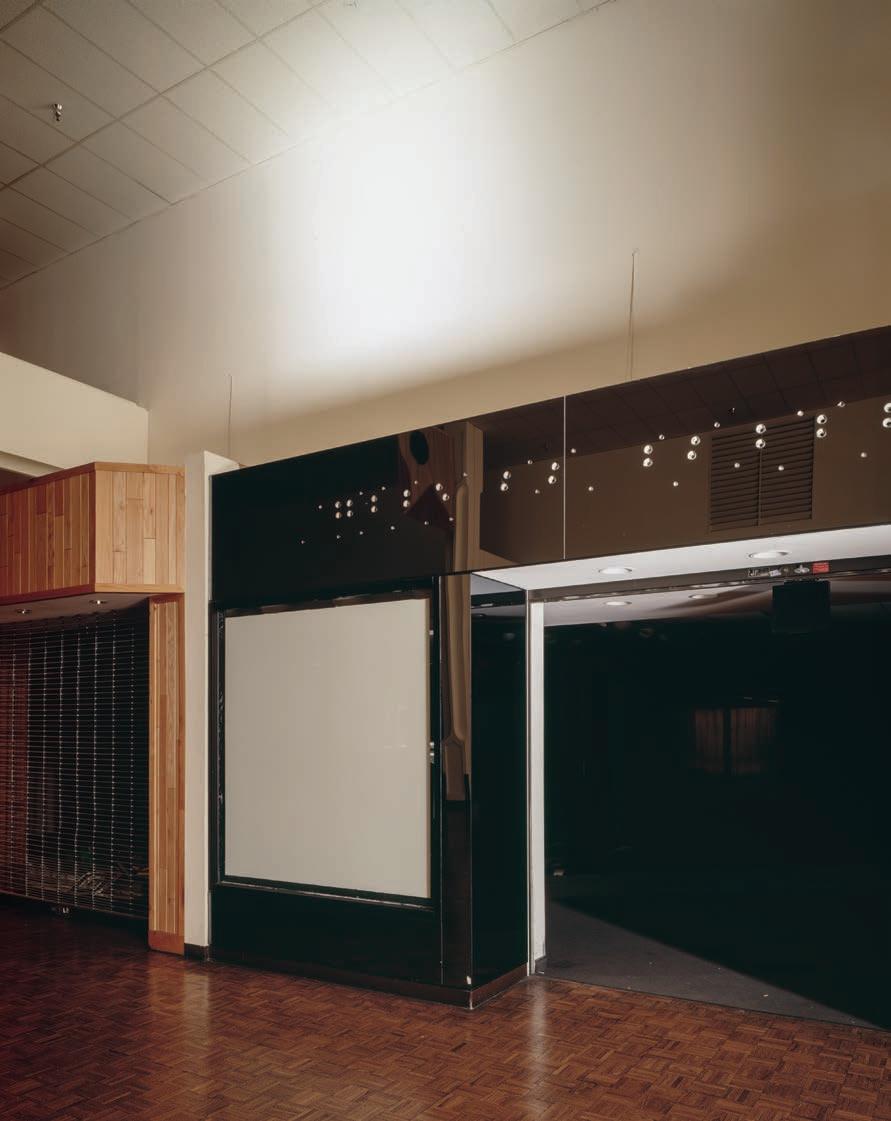




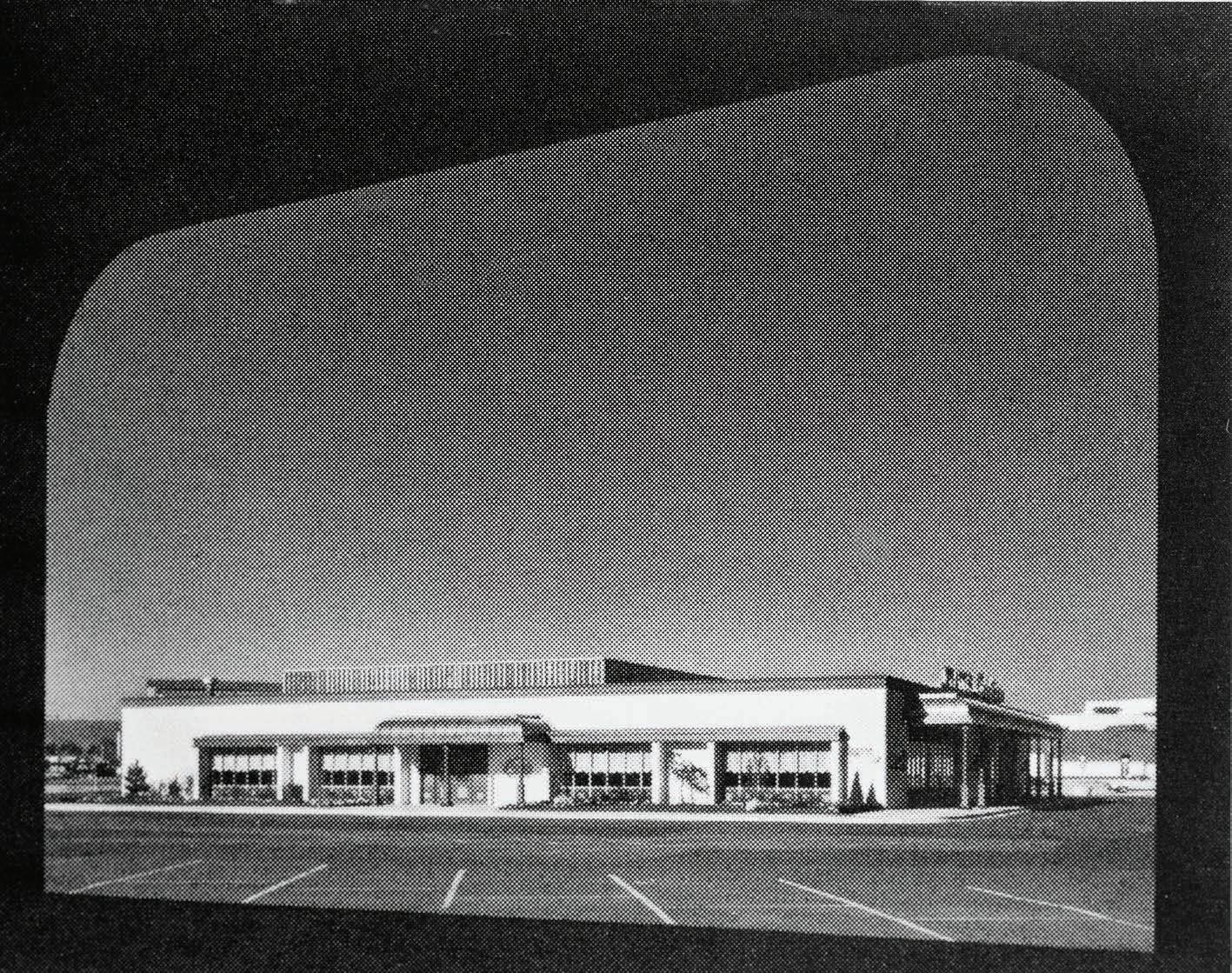
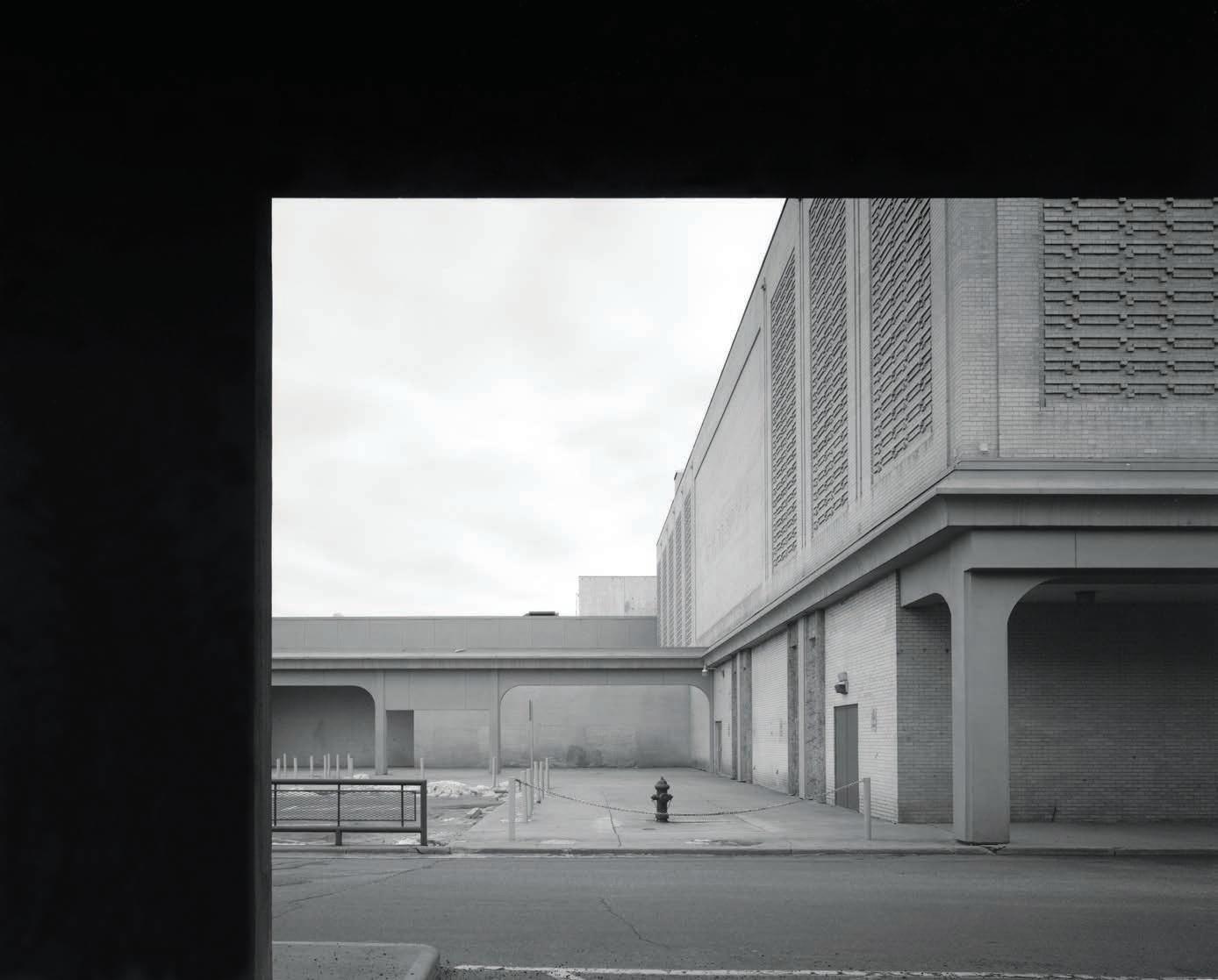
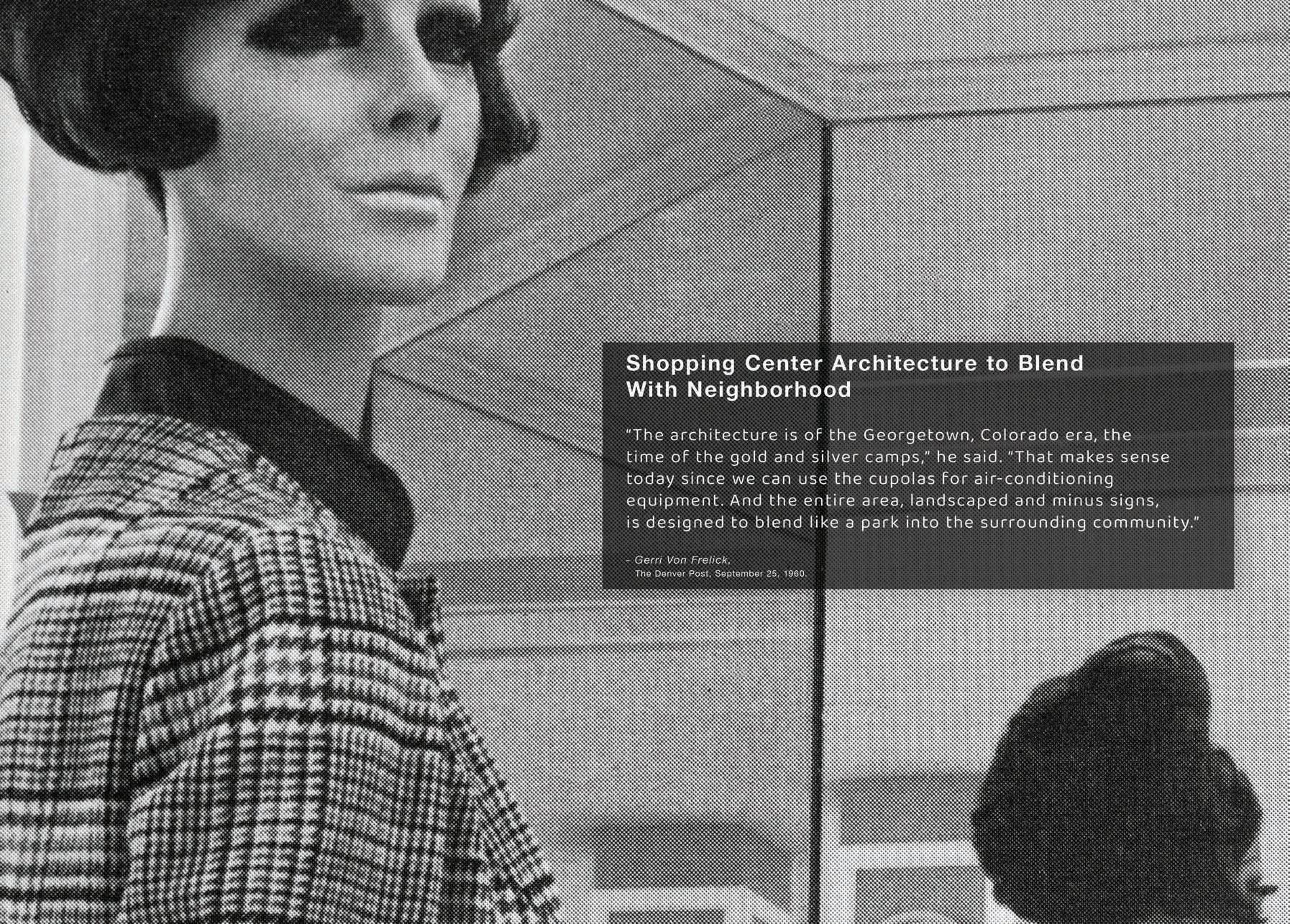
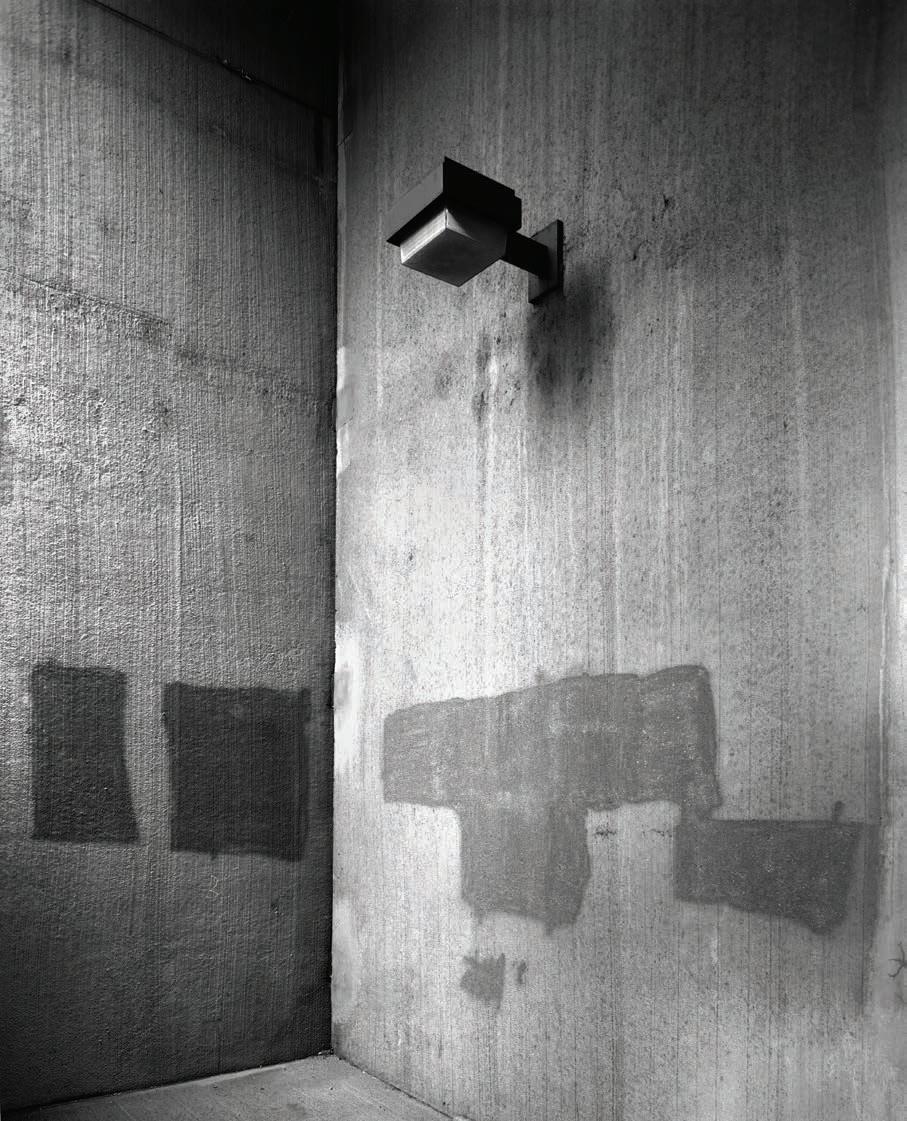
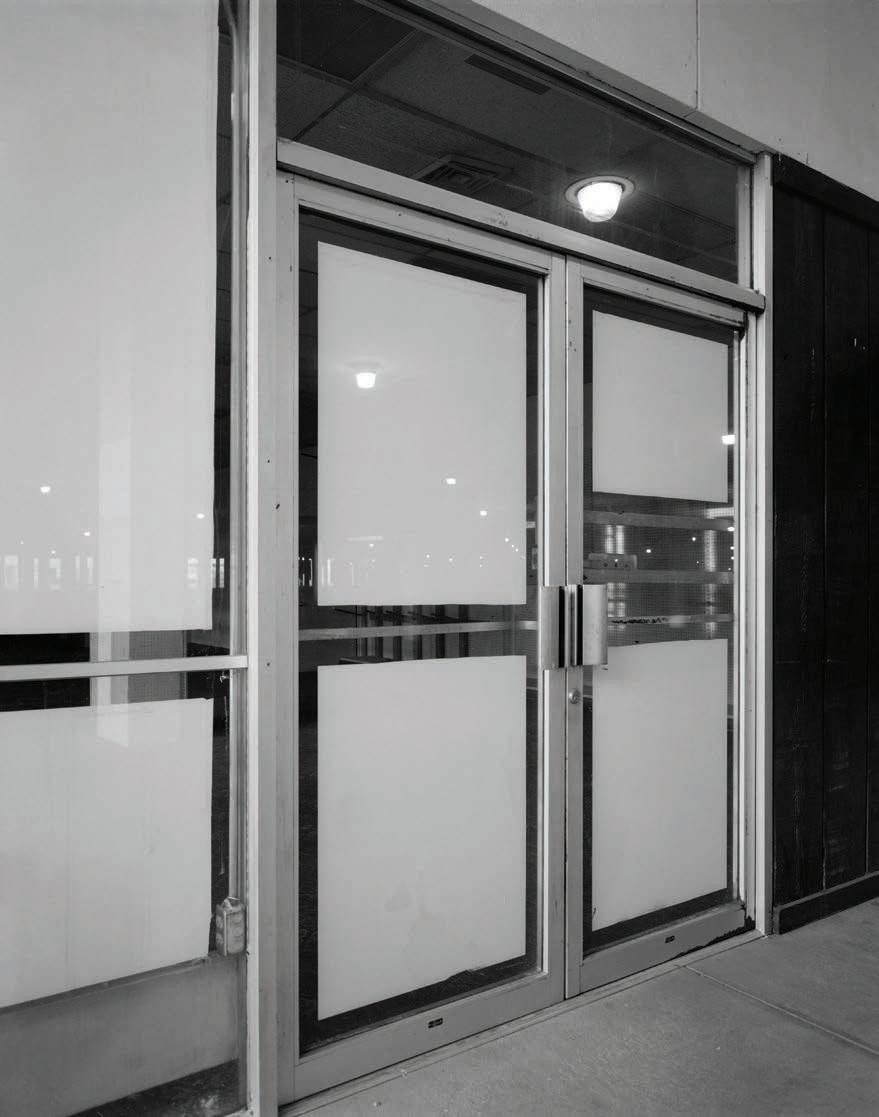
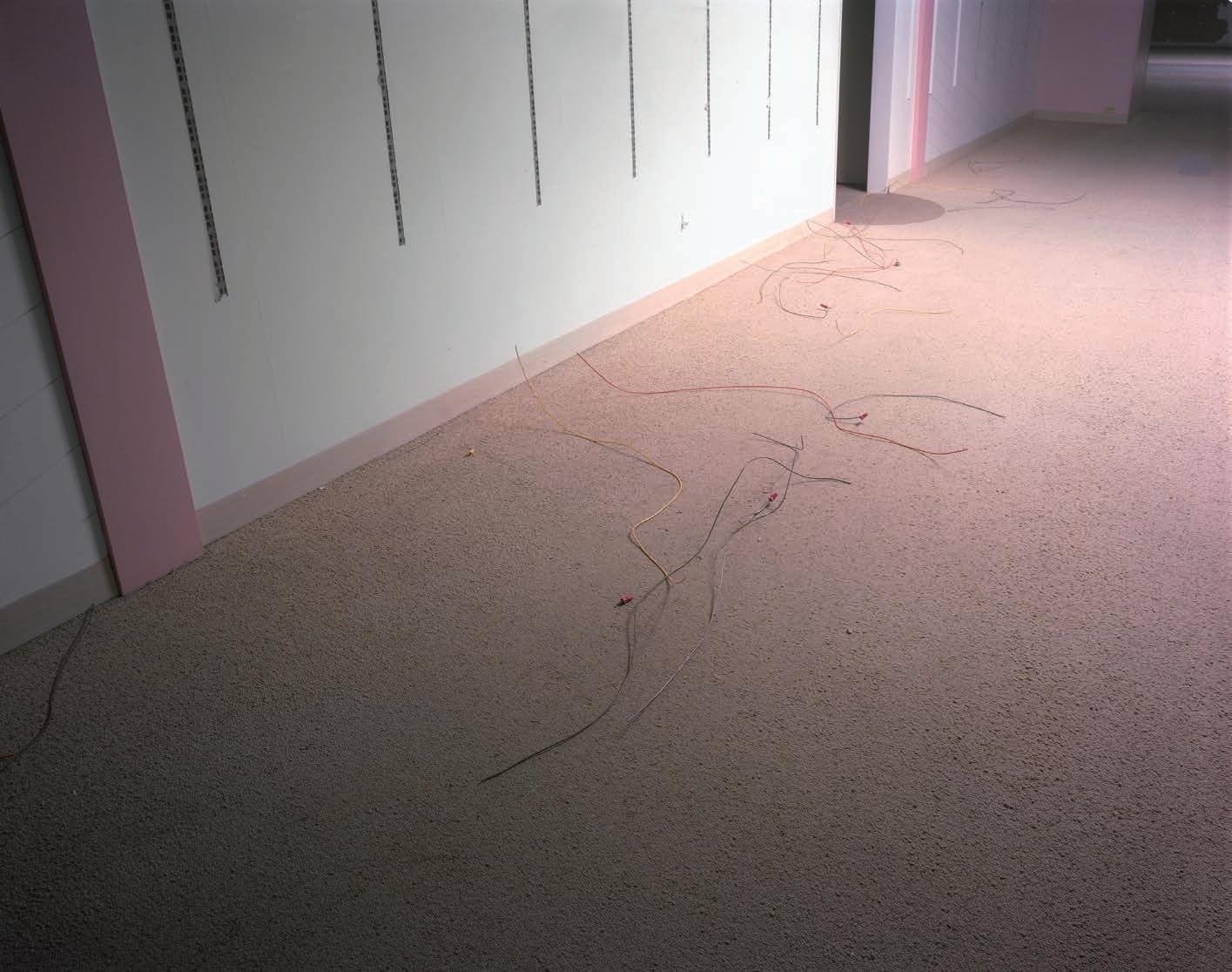


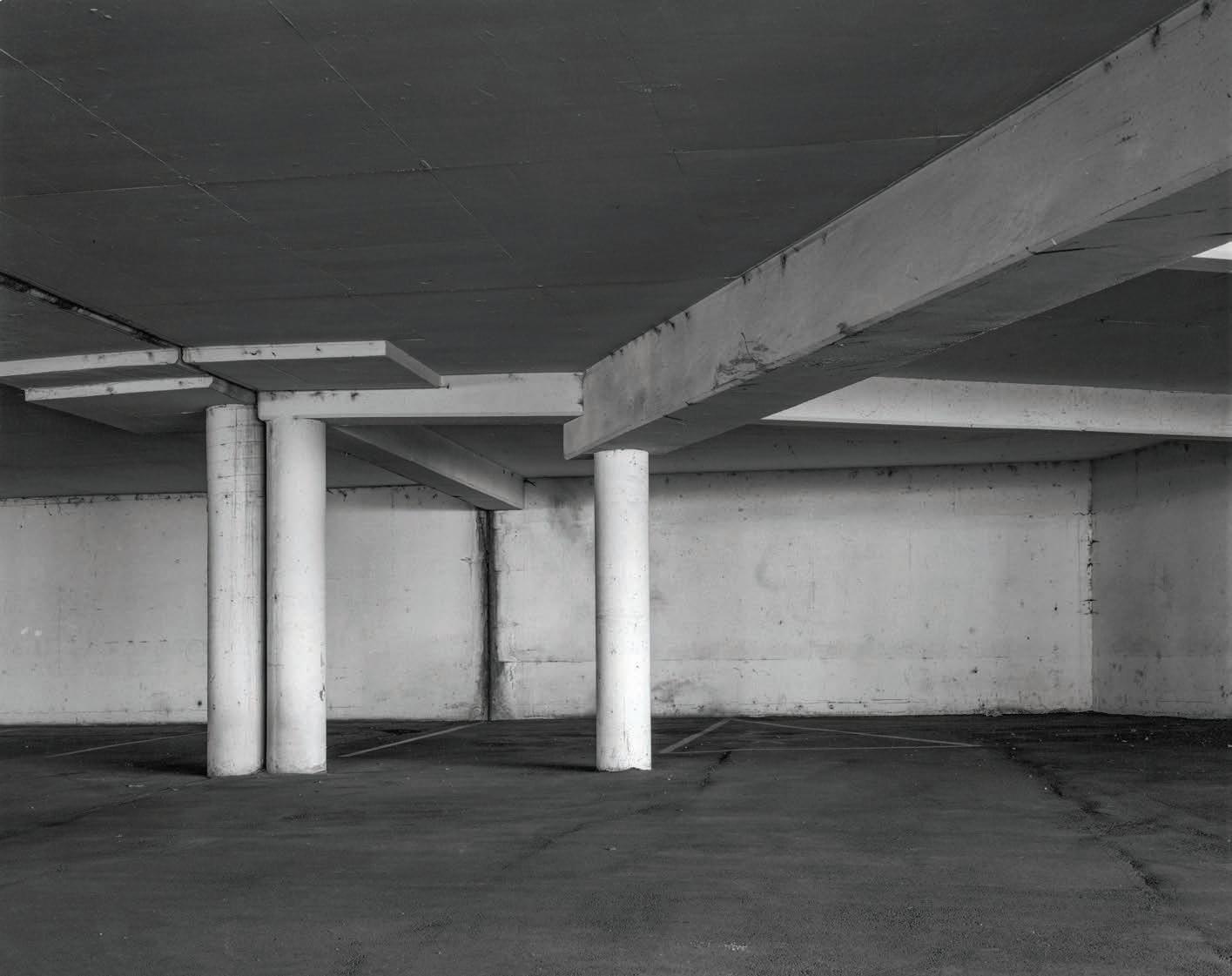

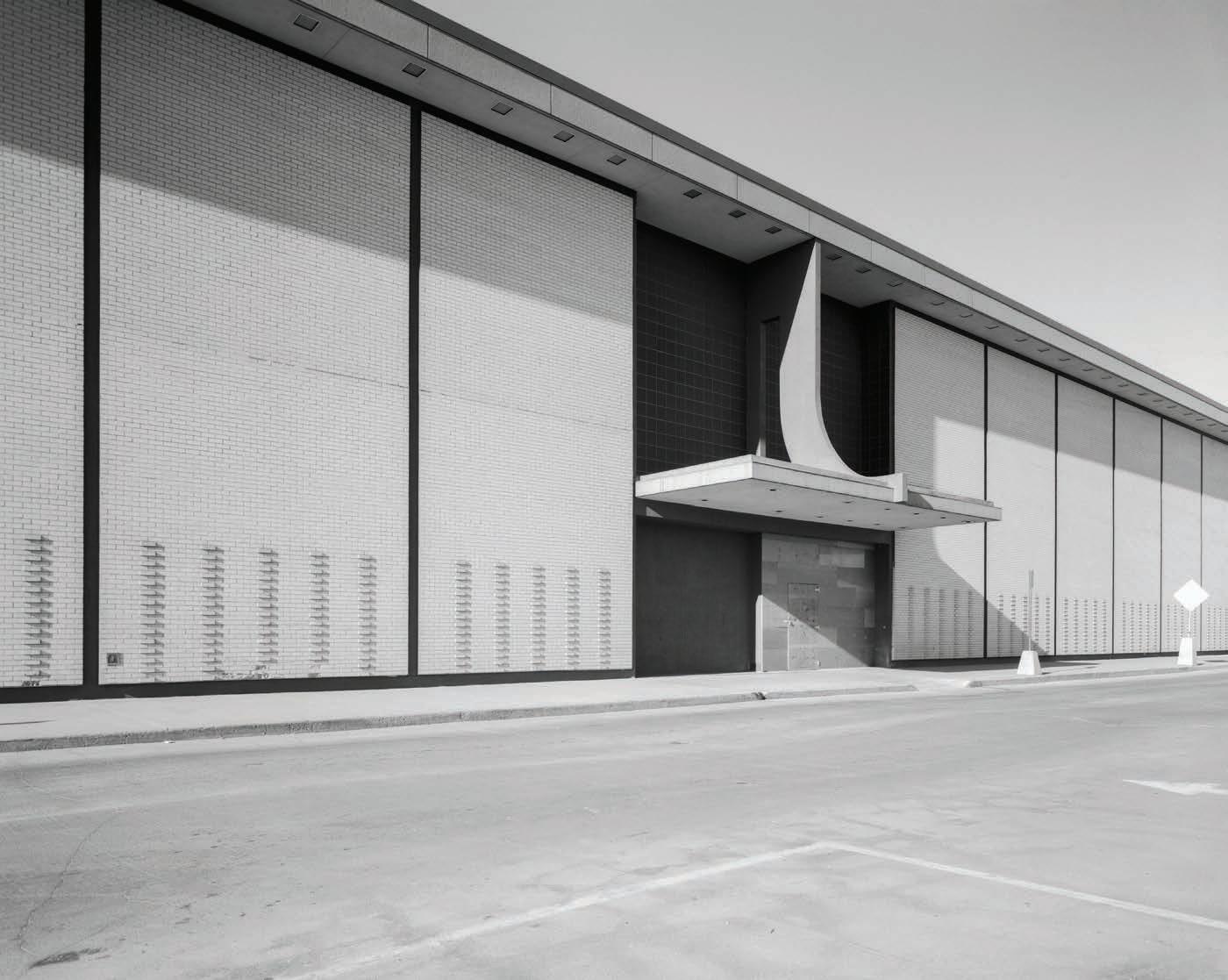

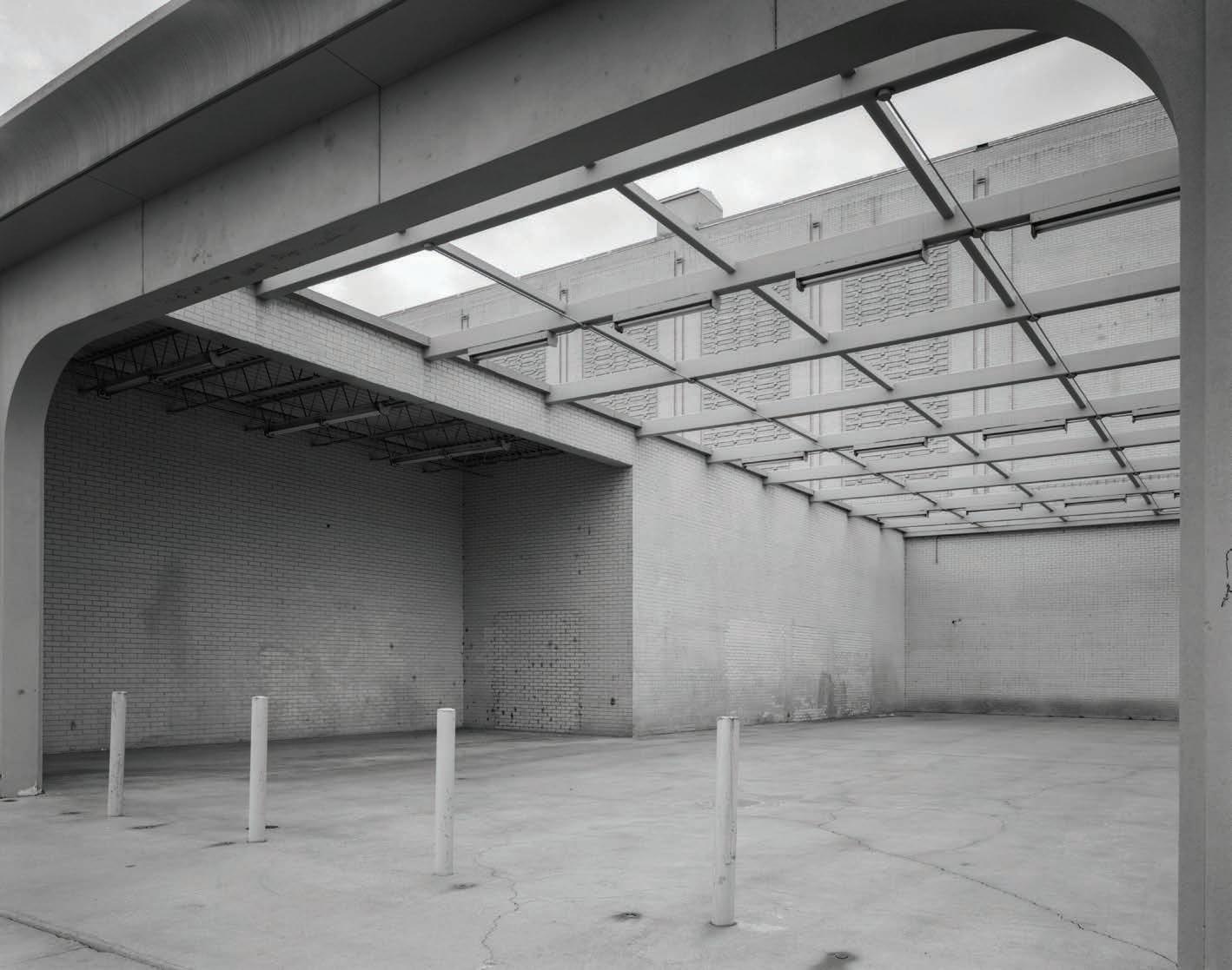

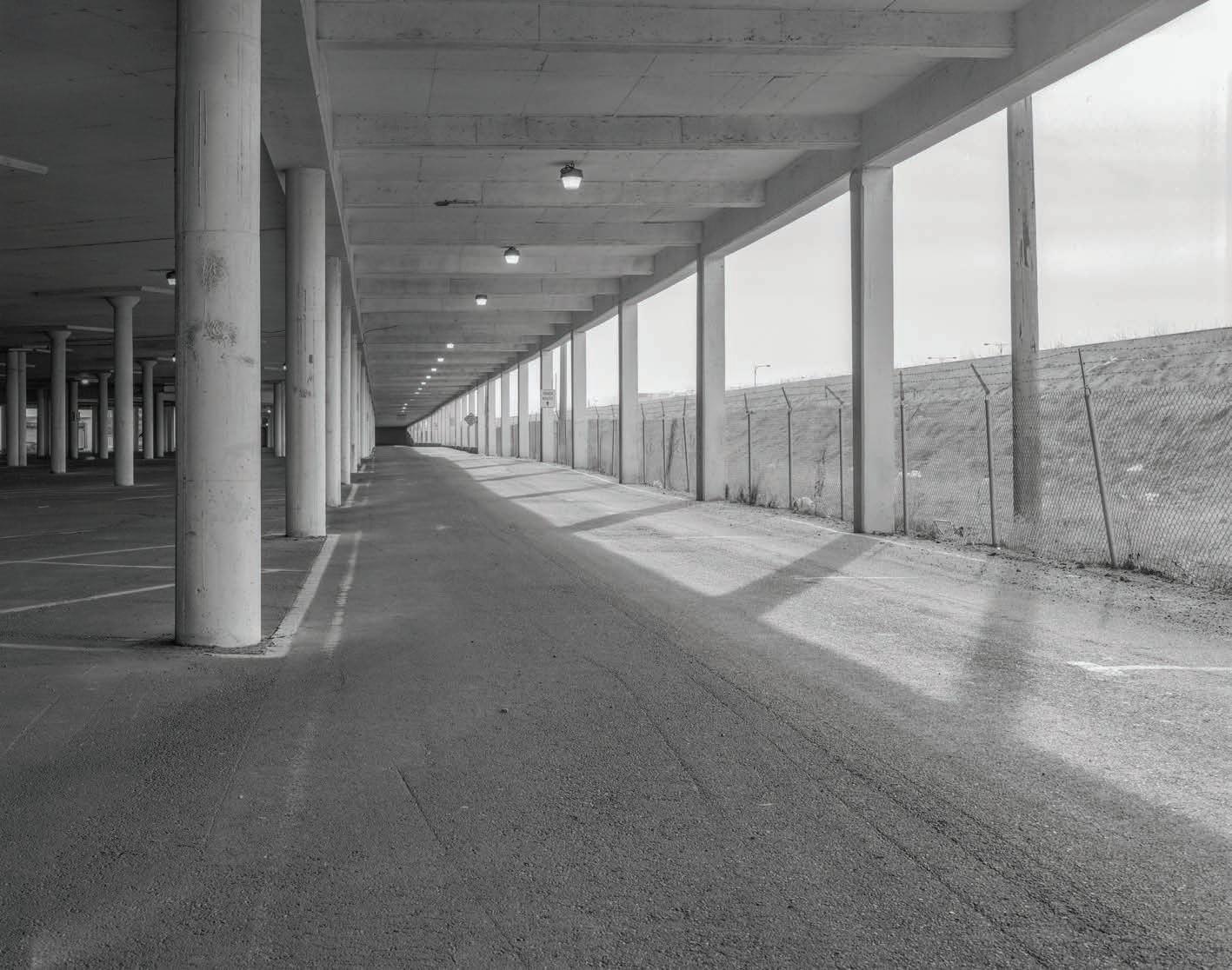



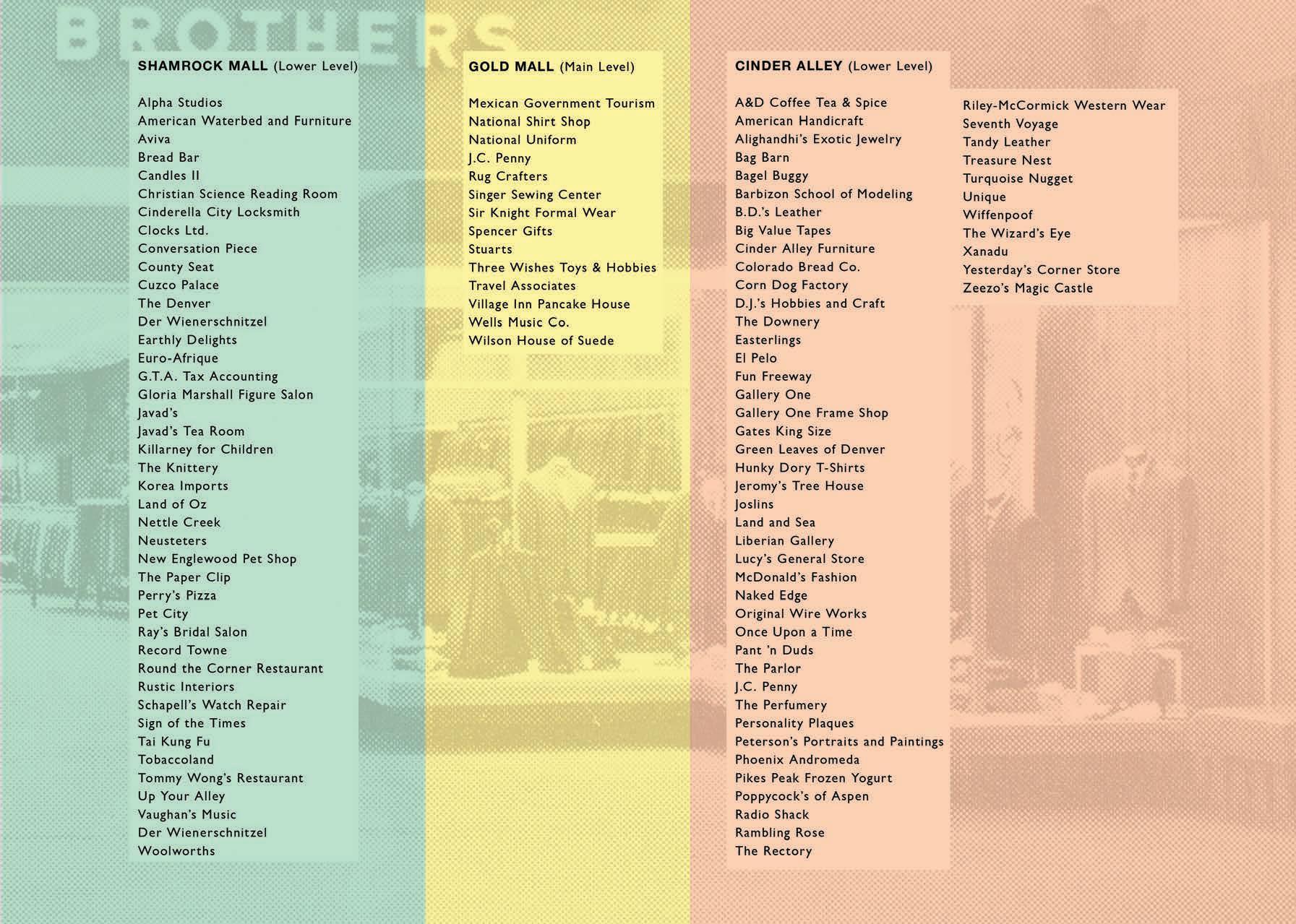

© Ron Pollard, 1998, 2023. www.ronpollardphotographer.com/cinderella-city-mall-1998 www.artofthezero.com
